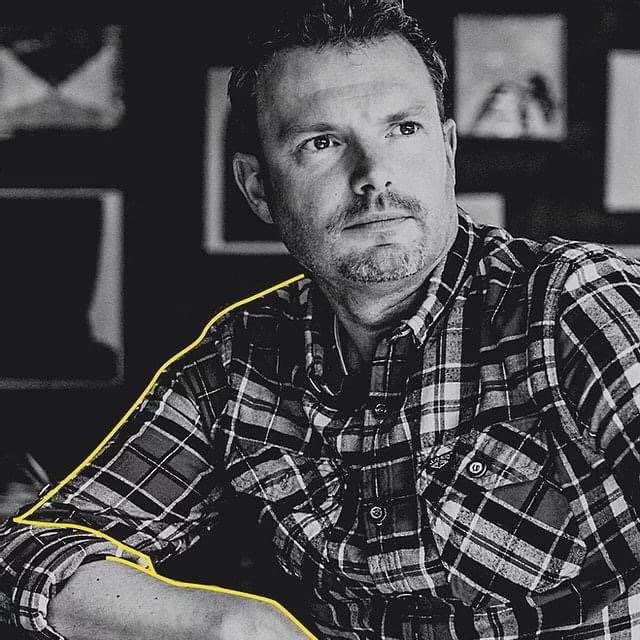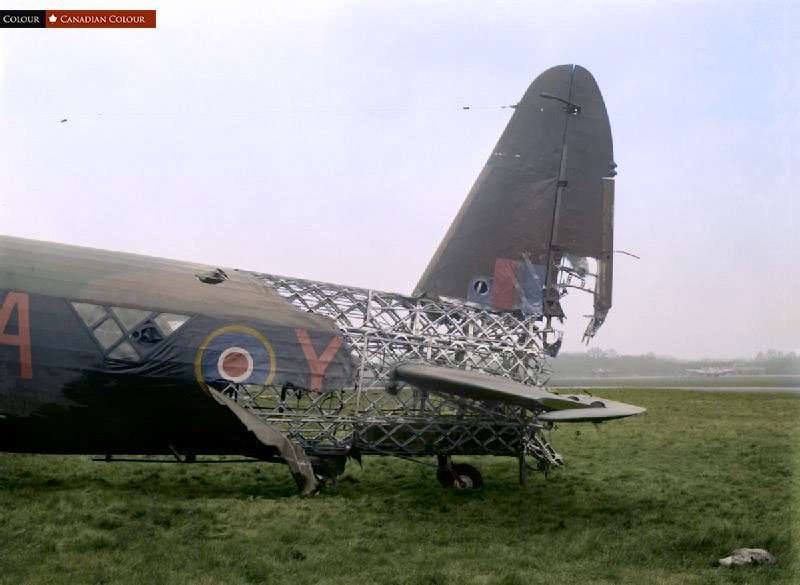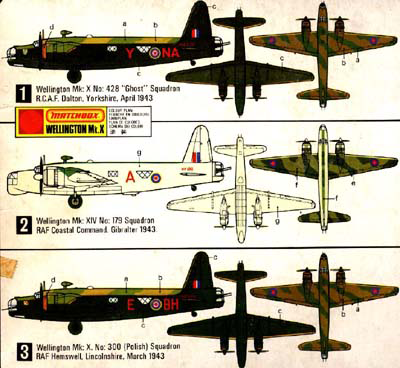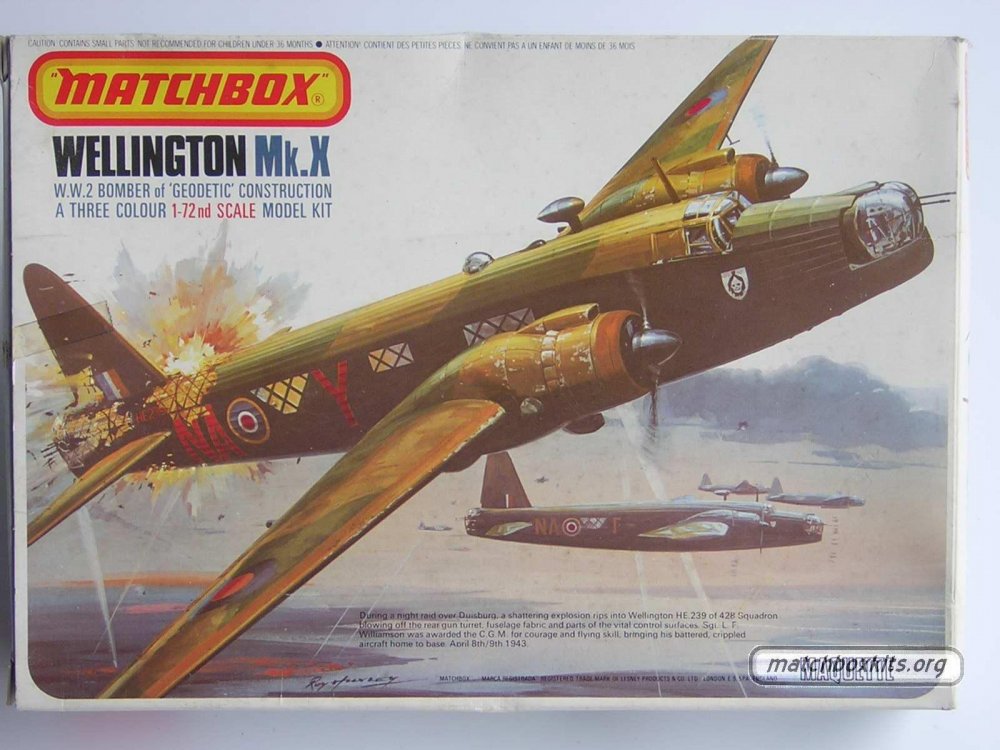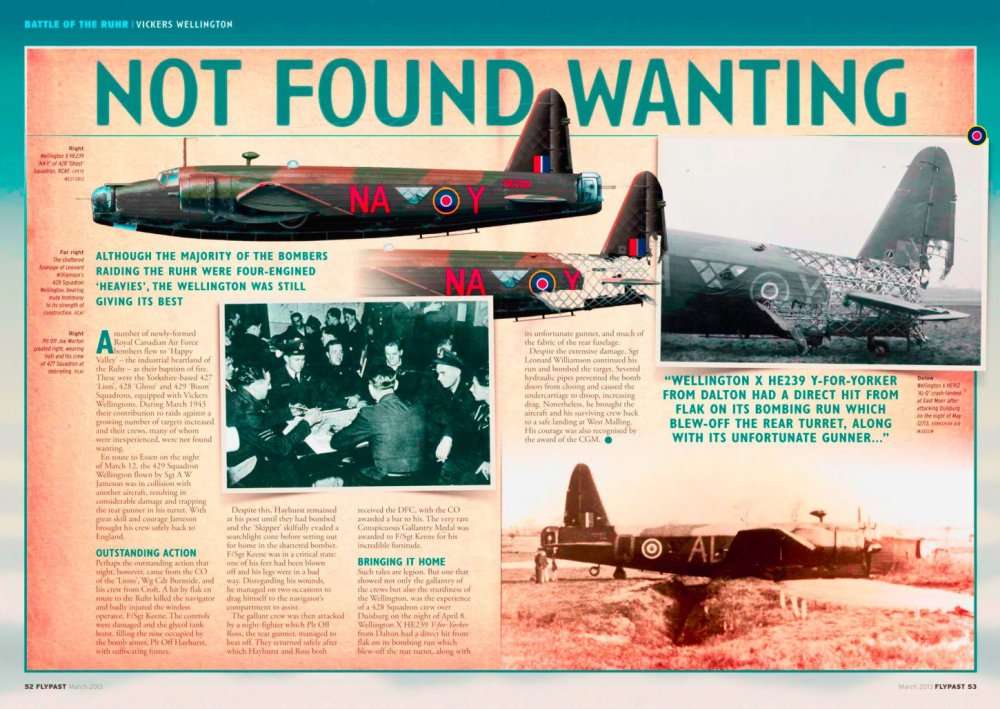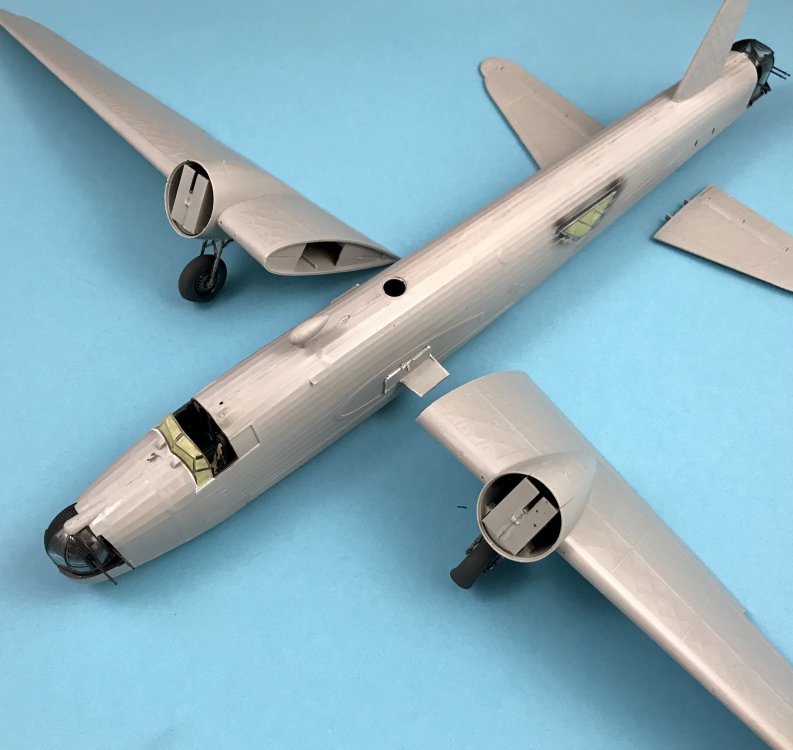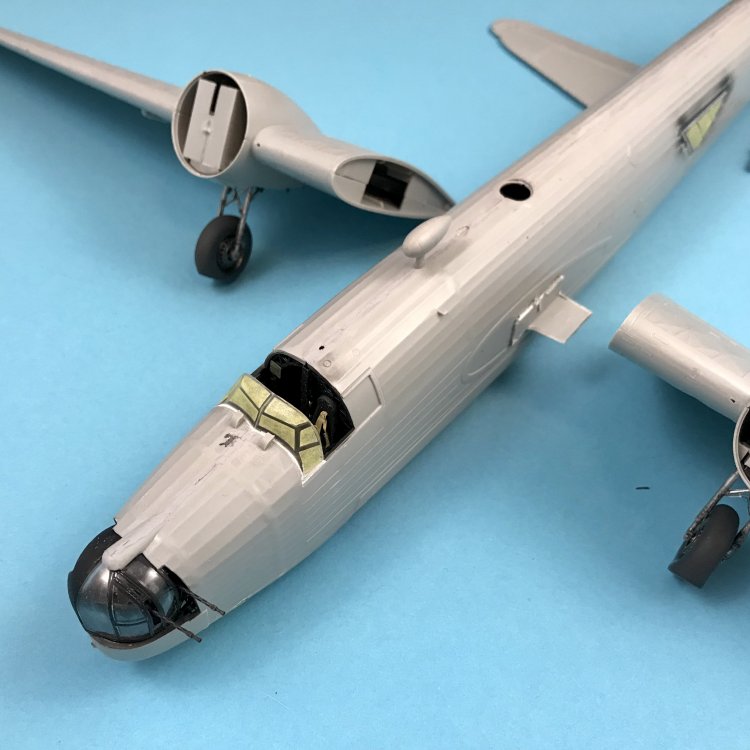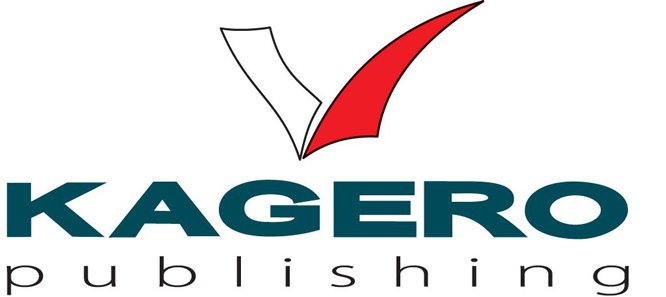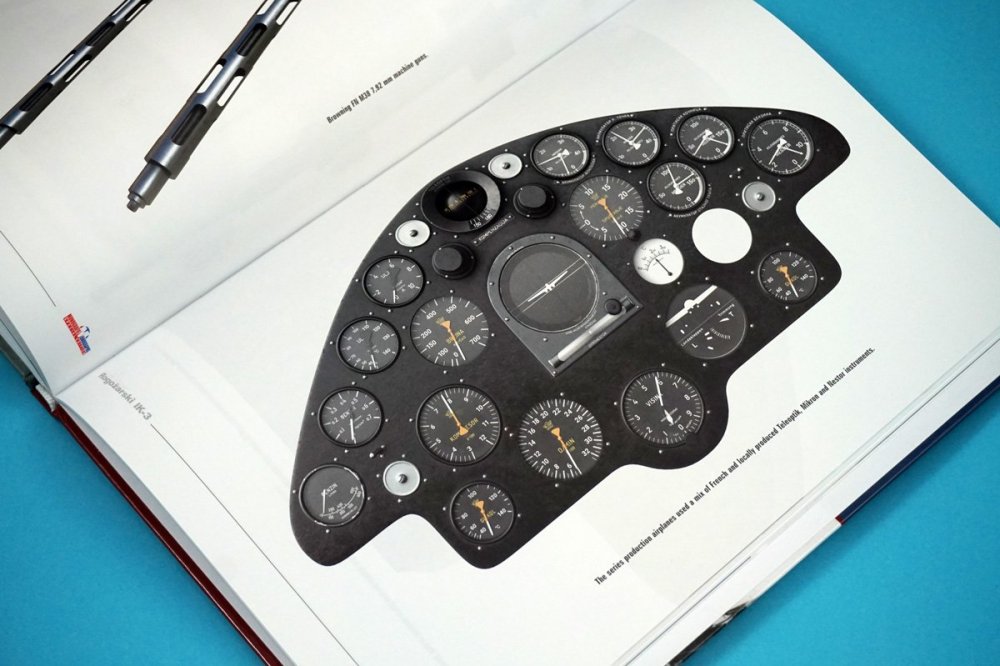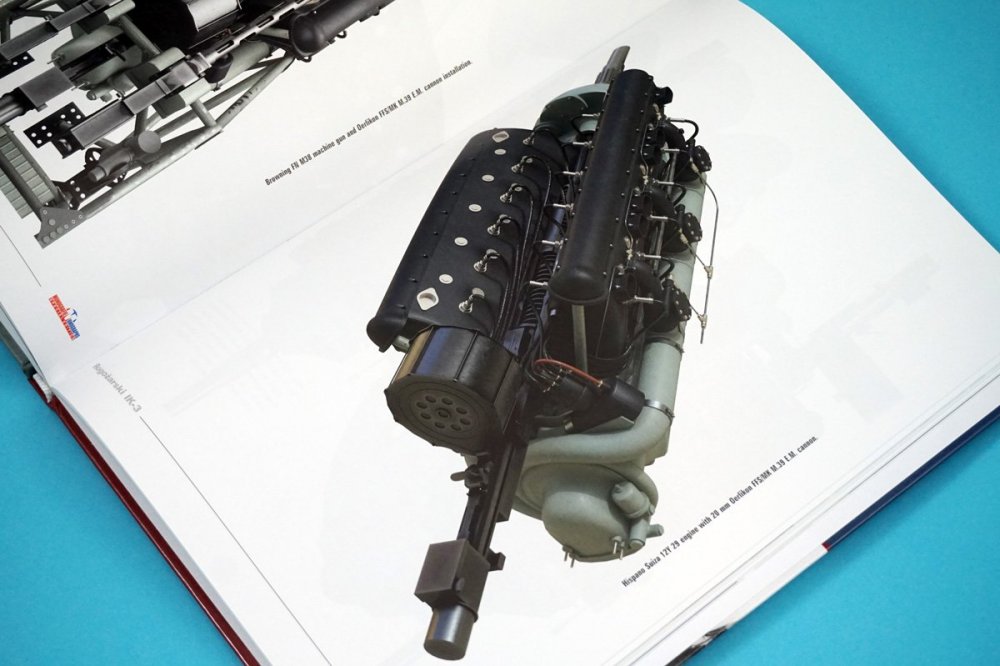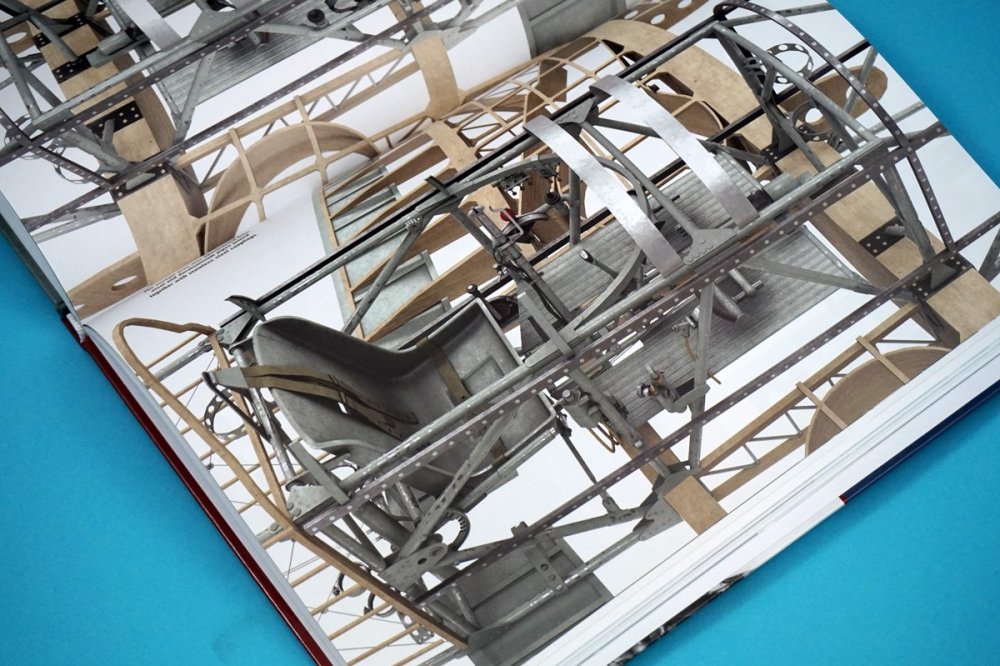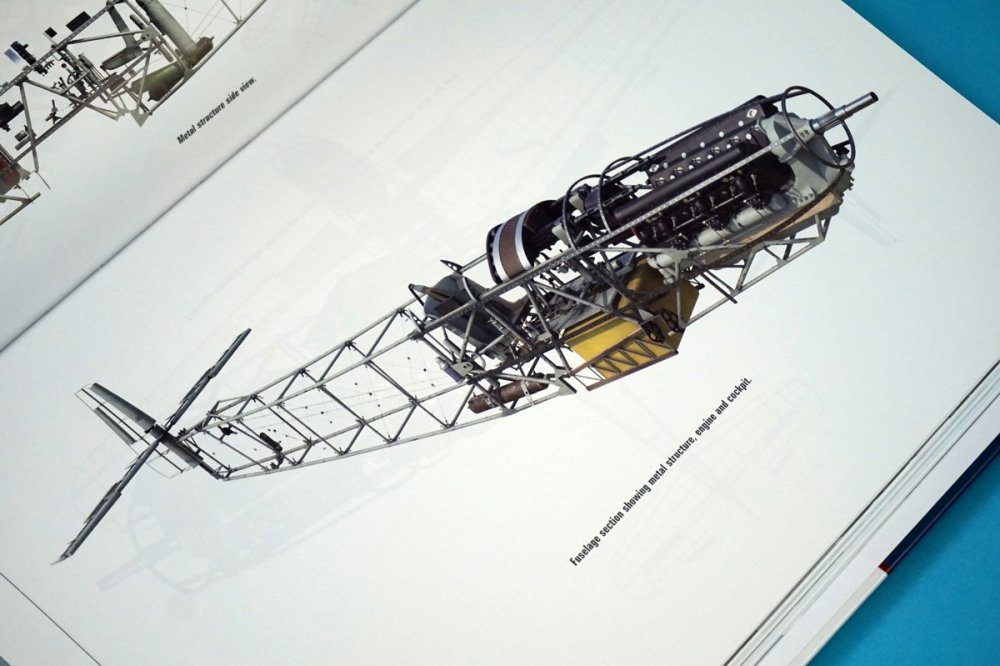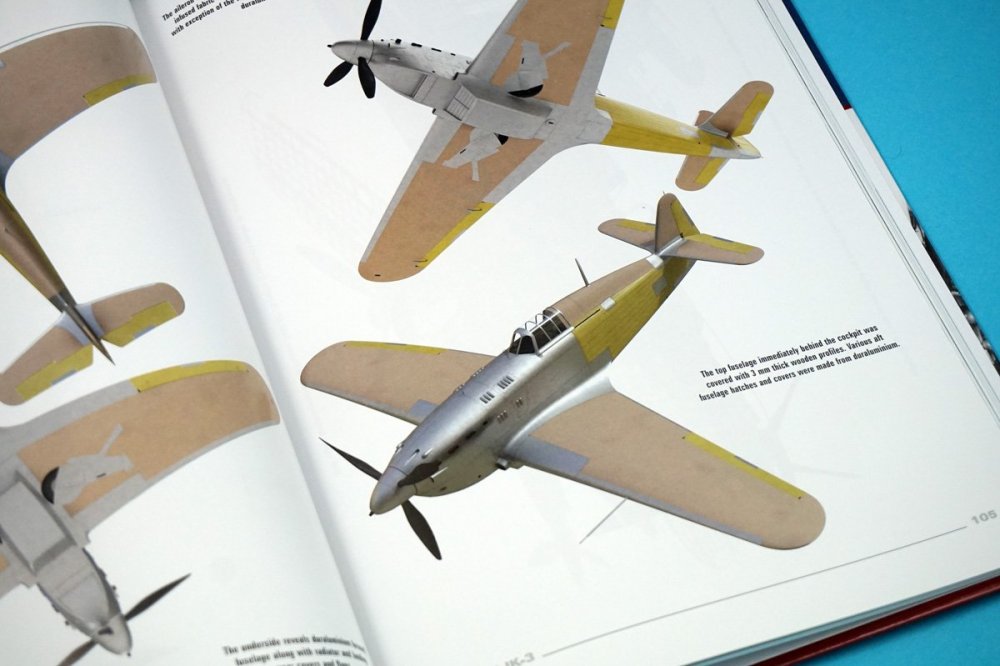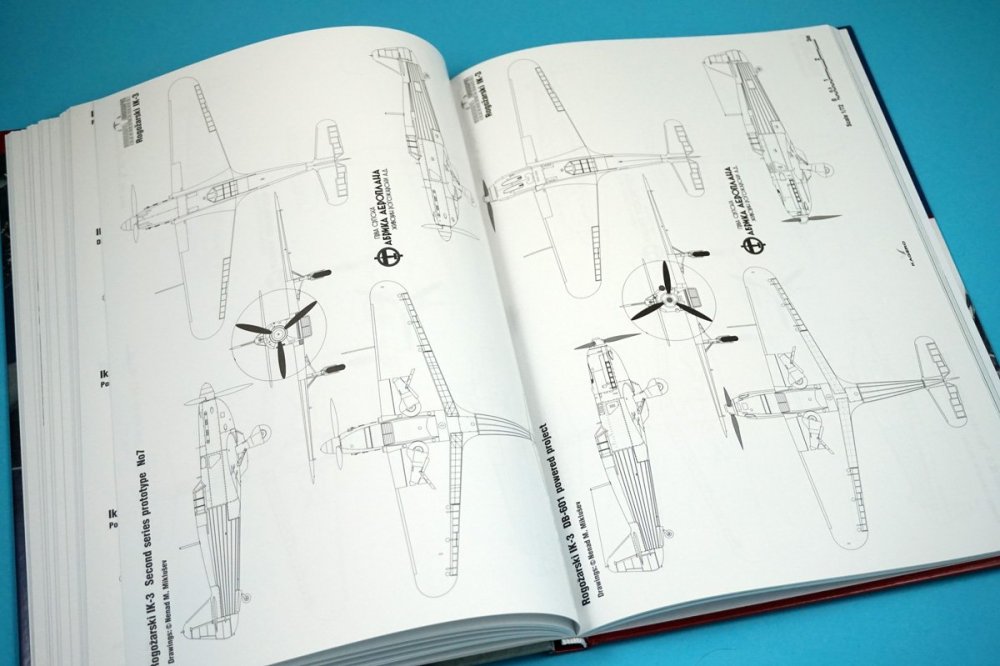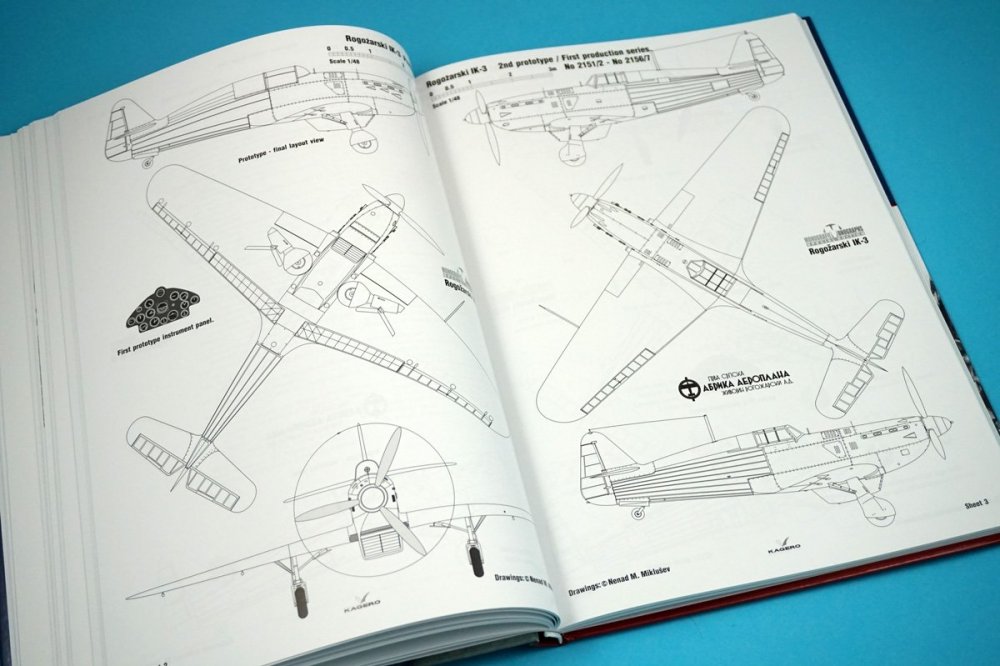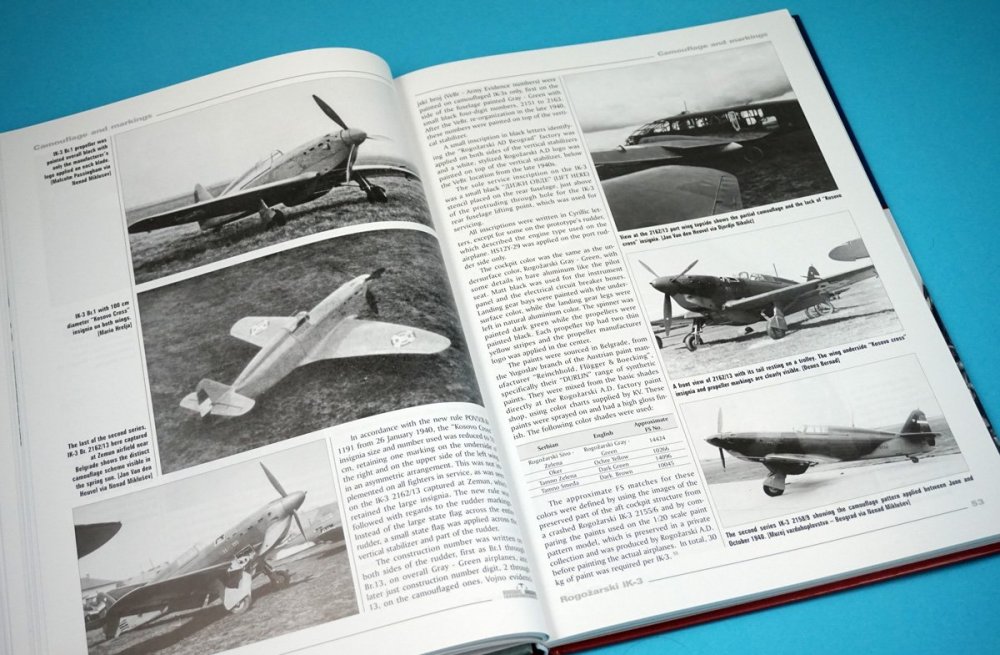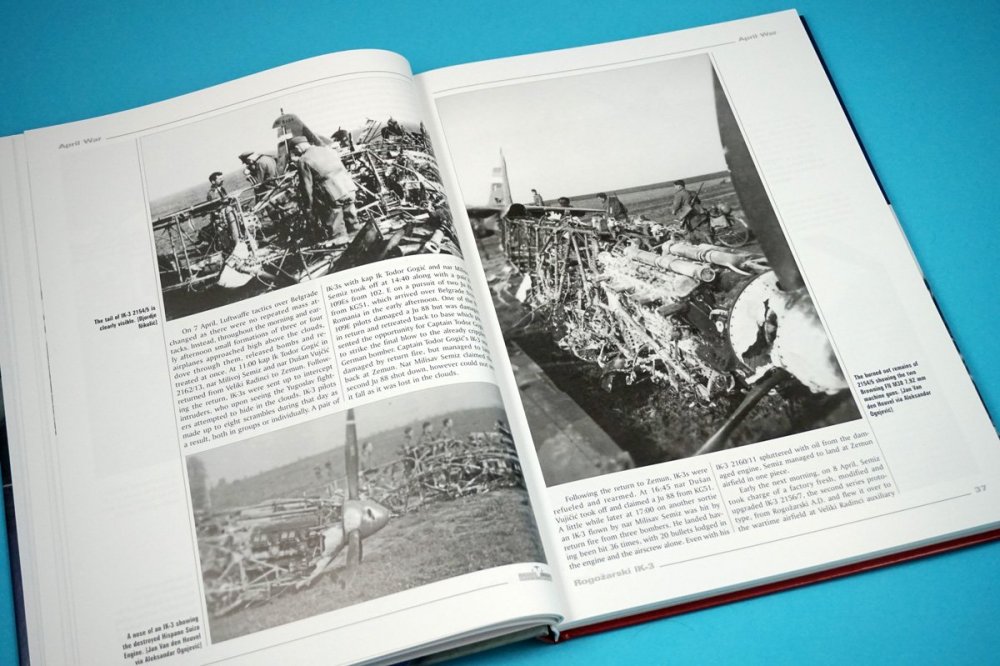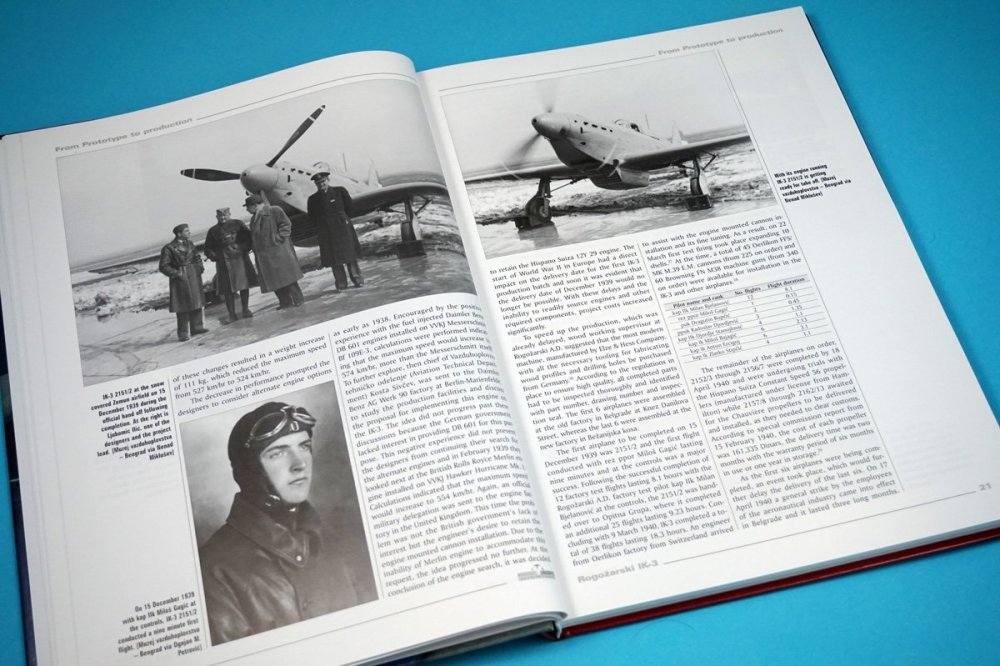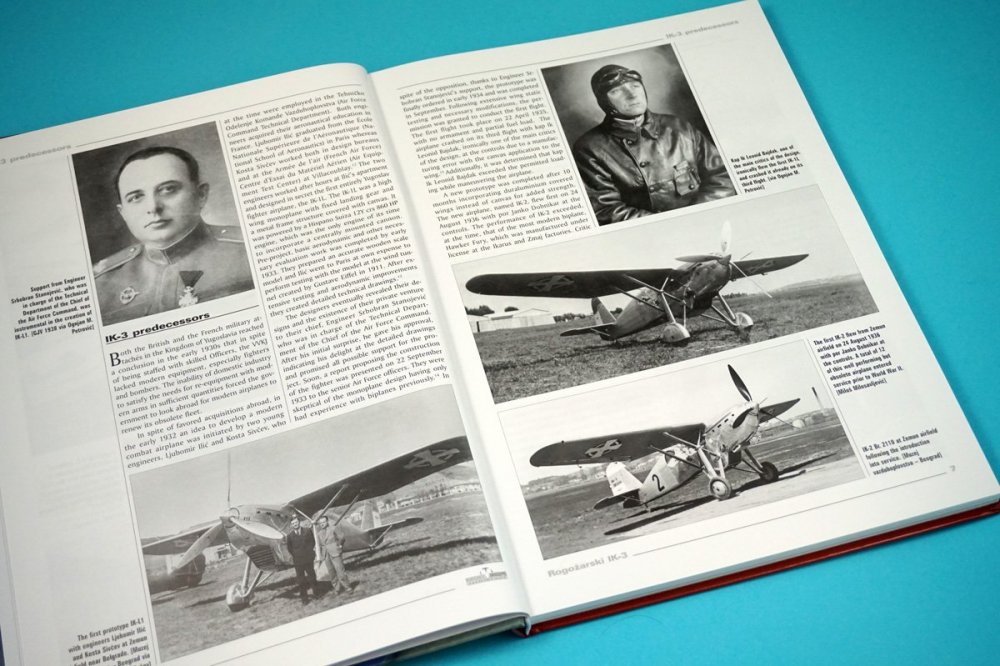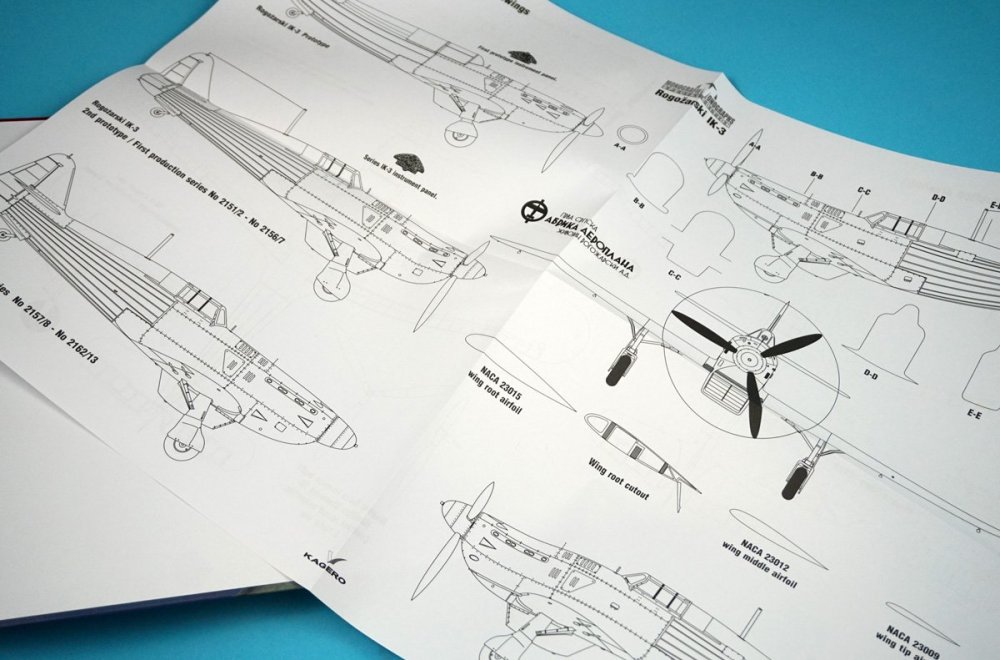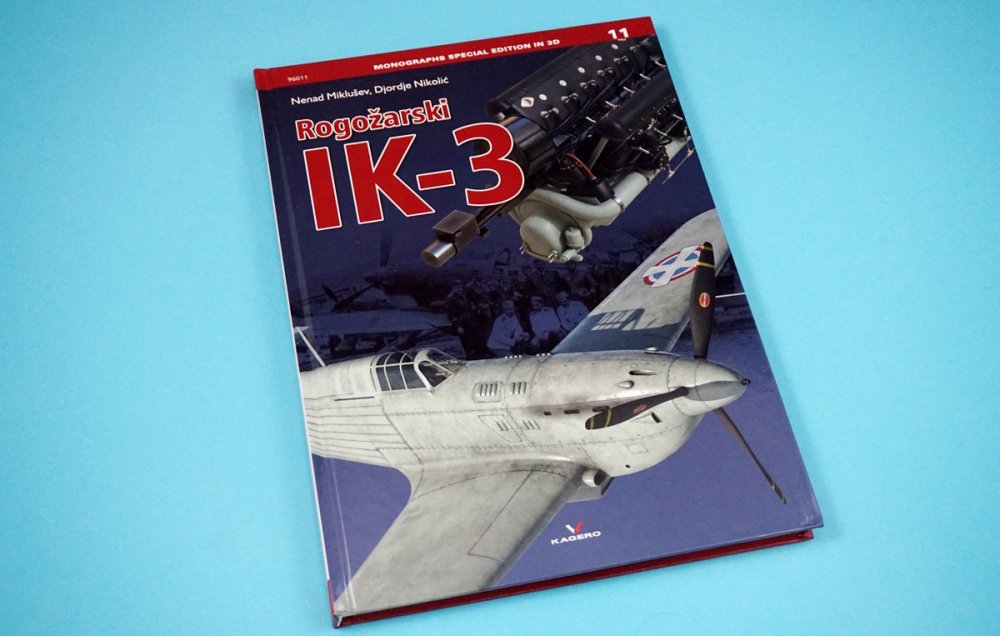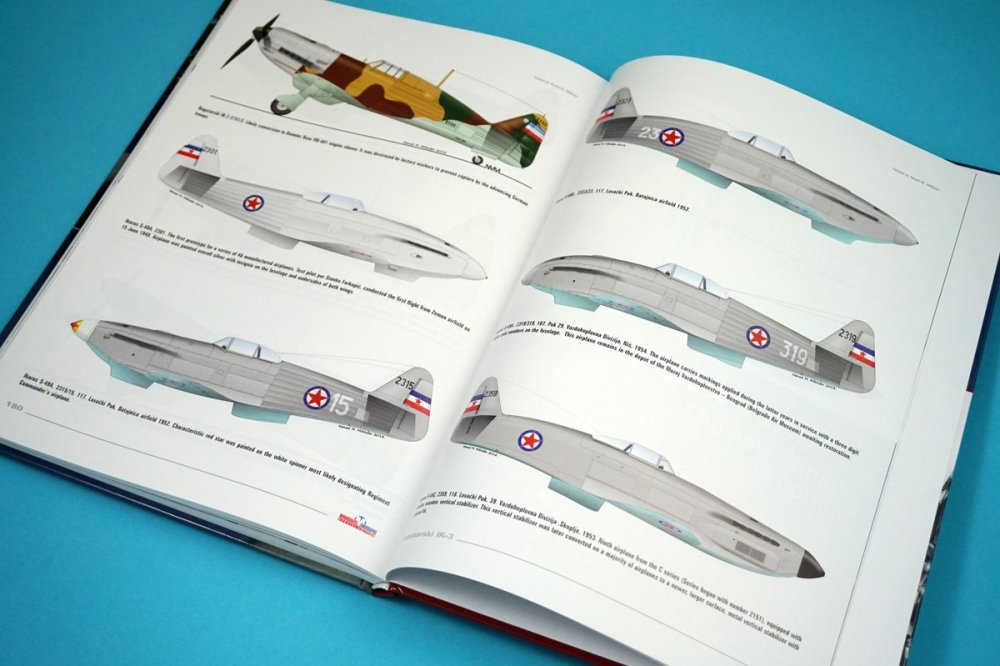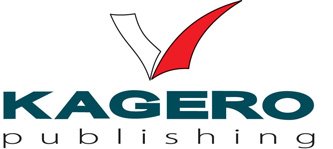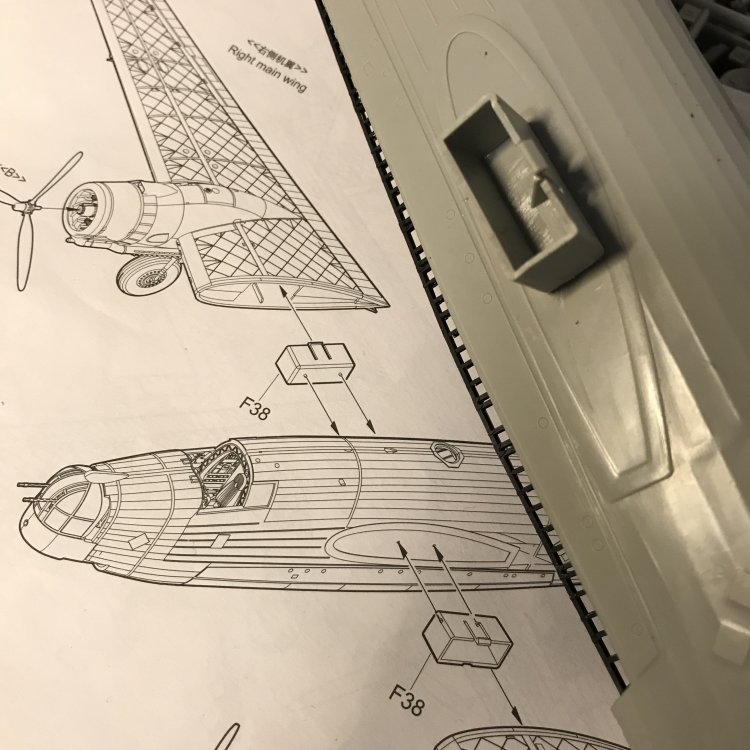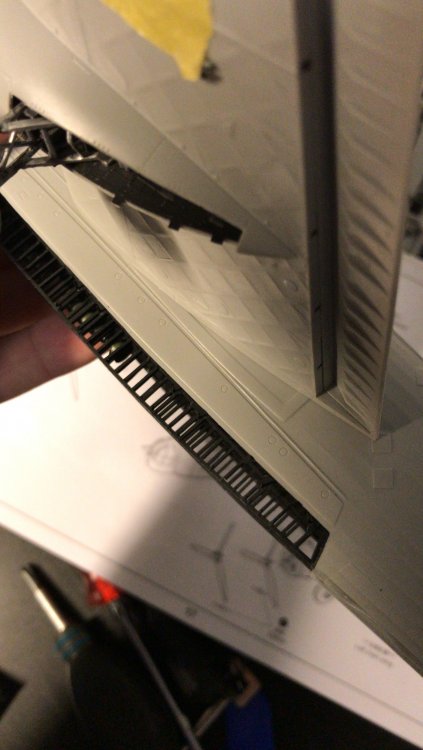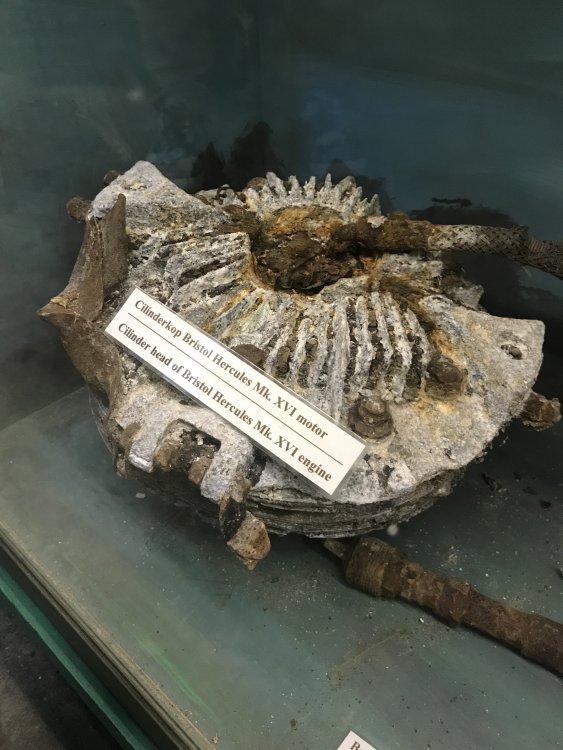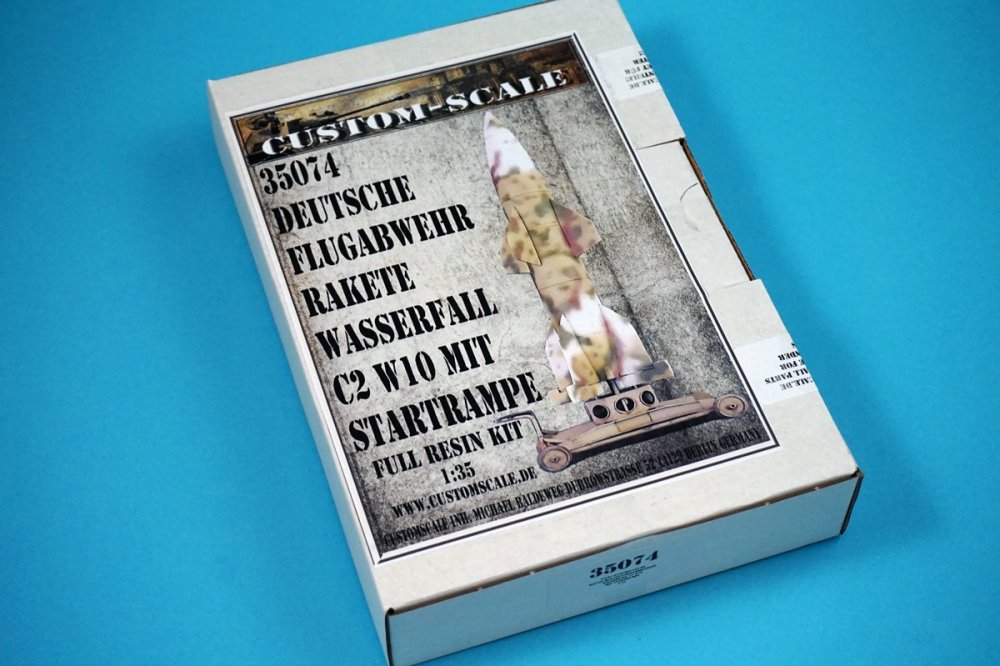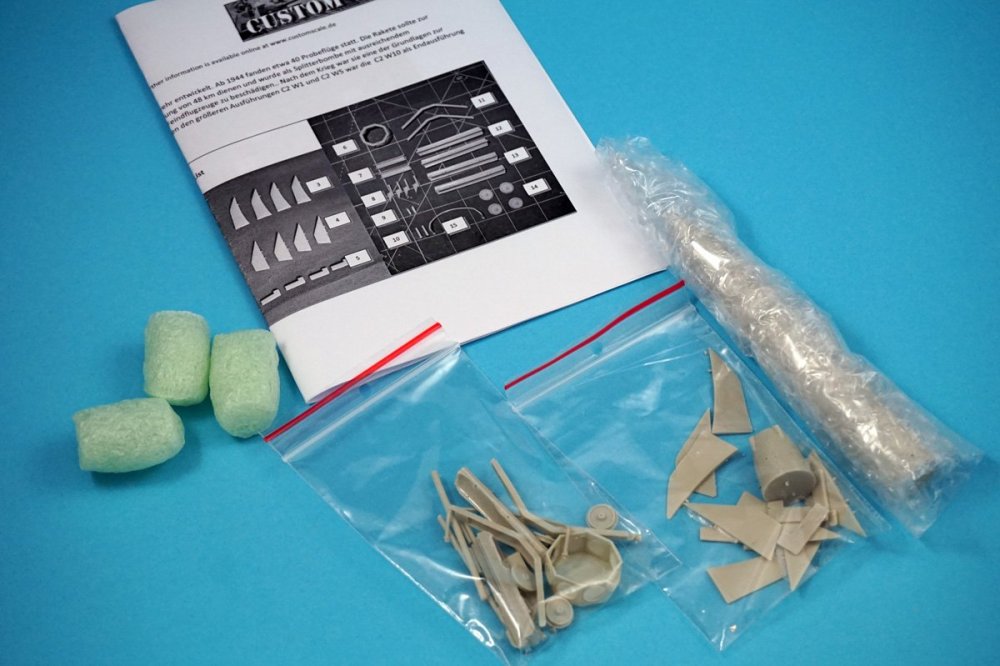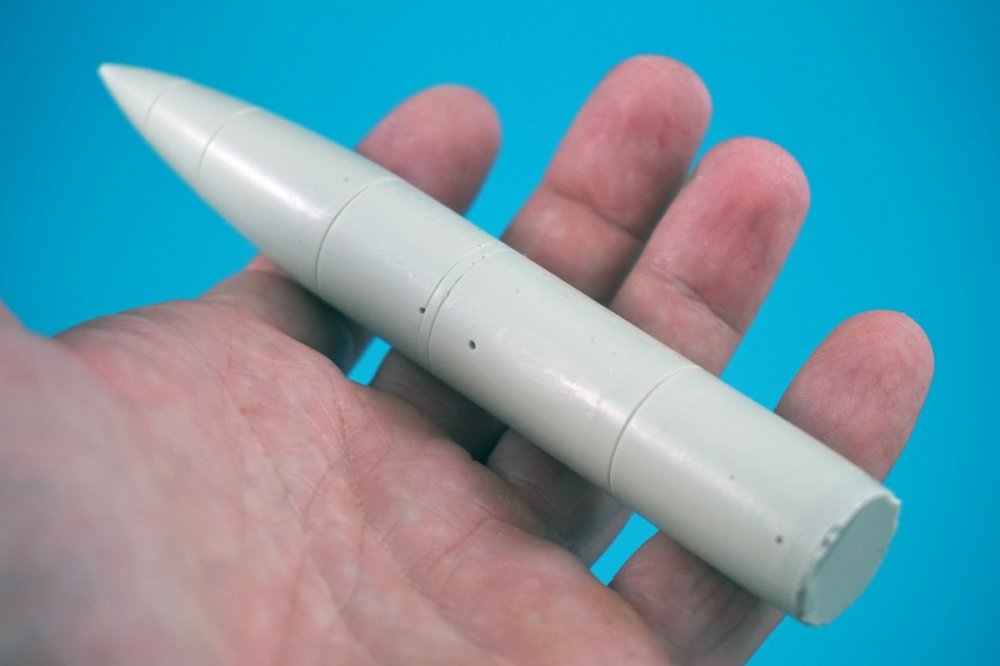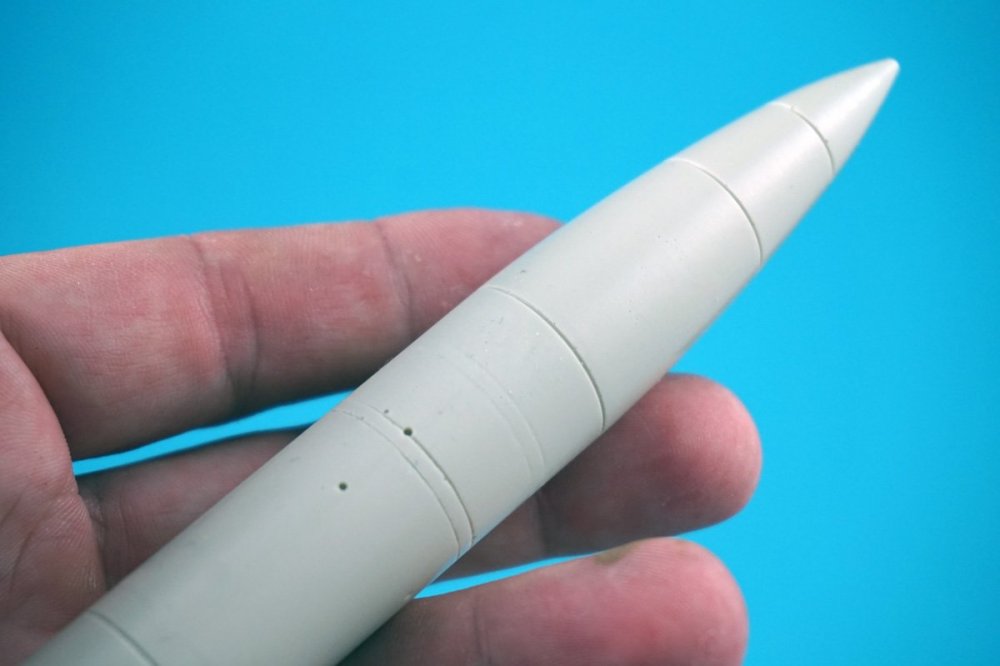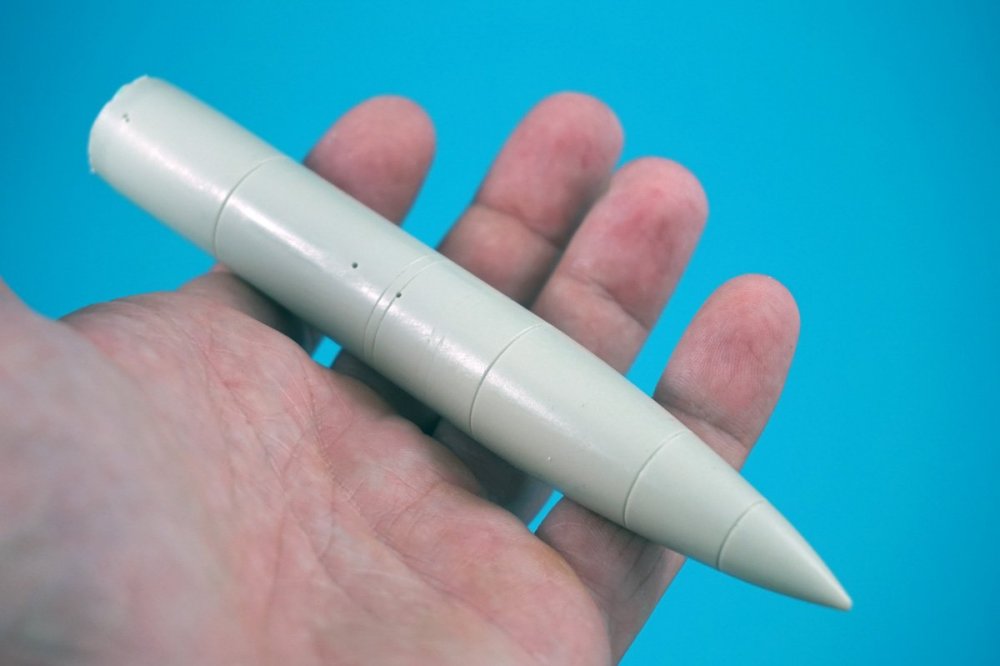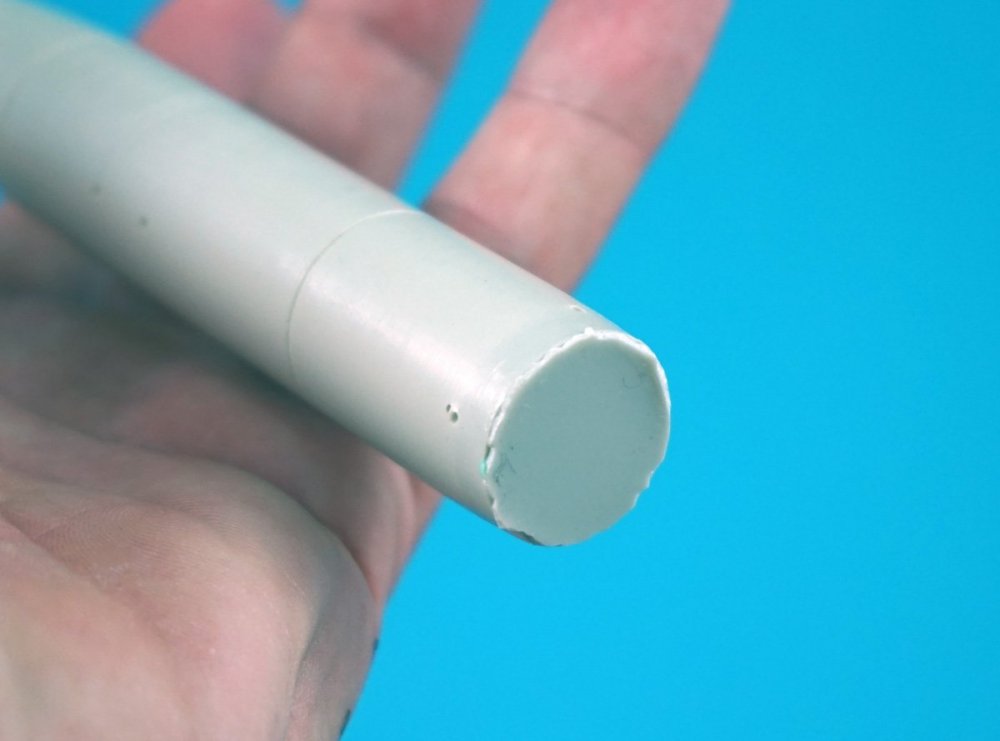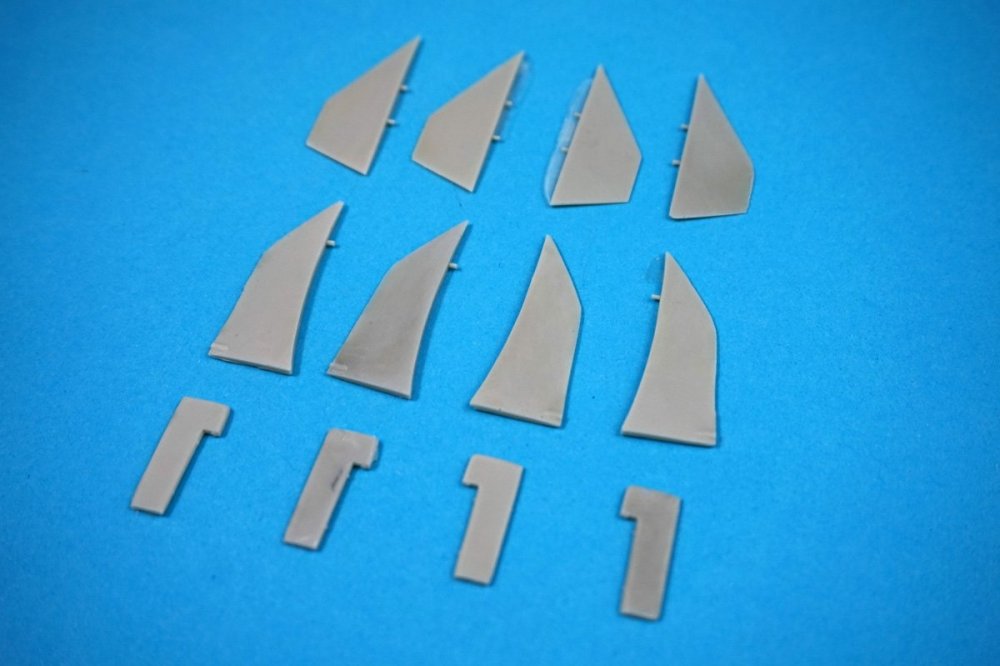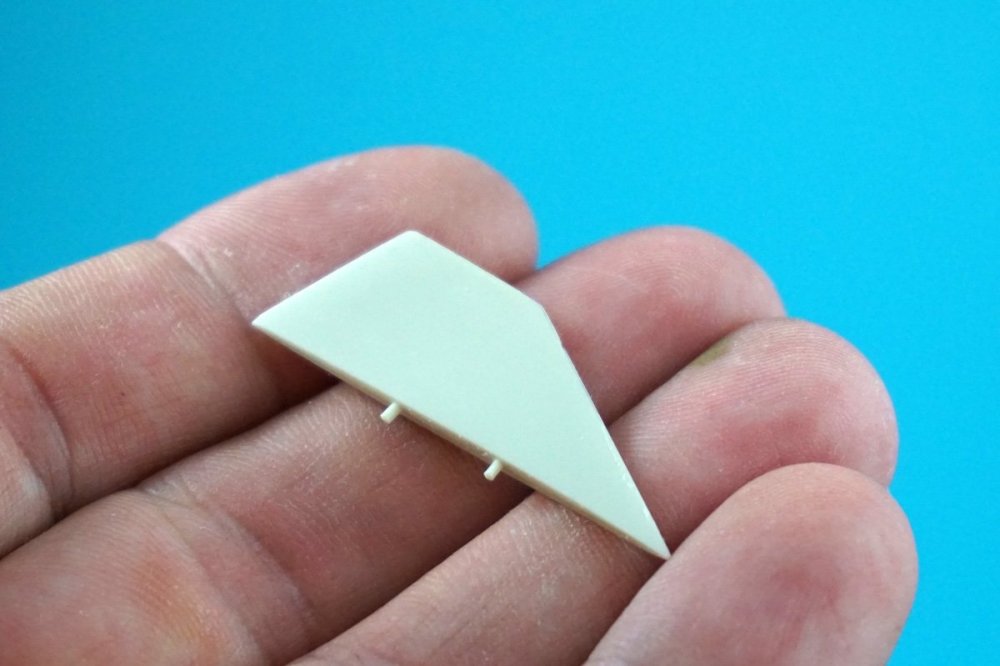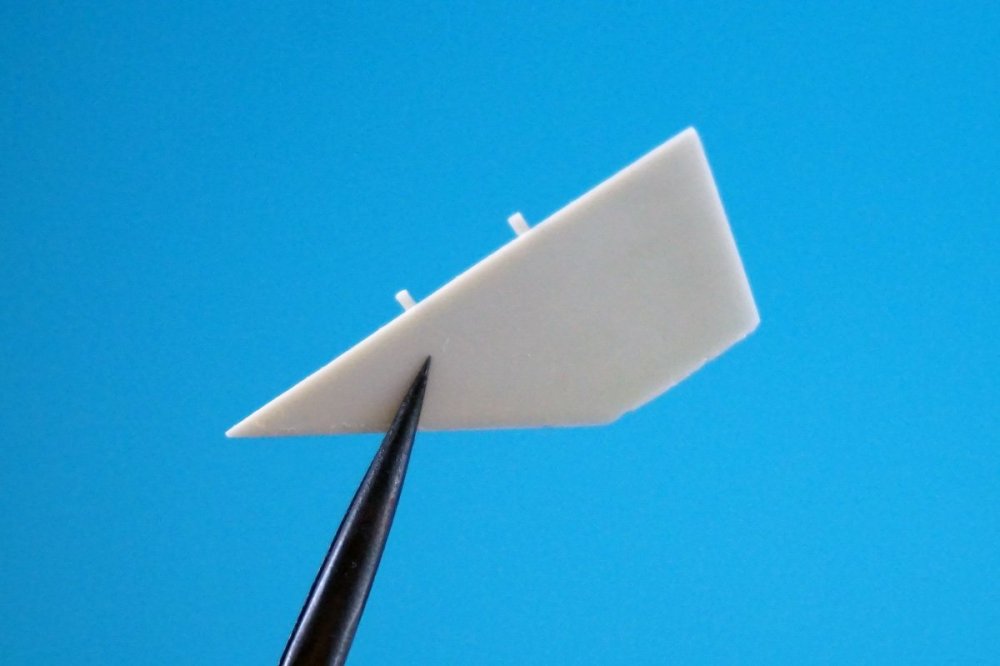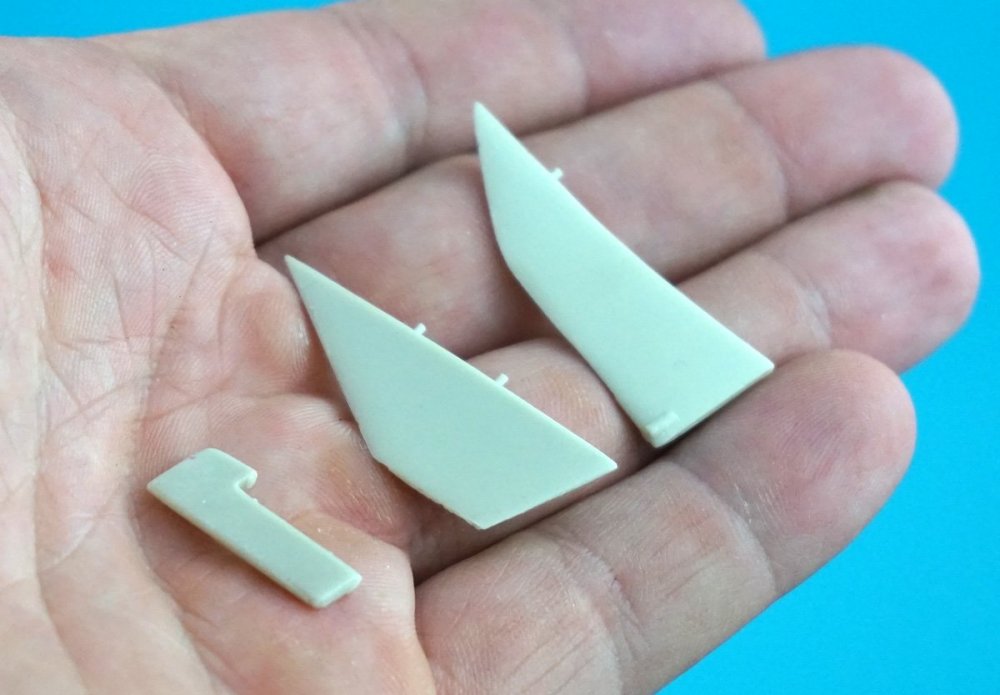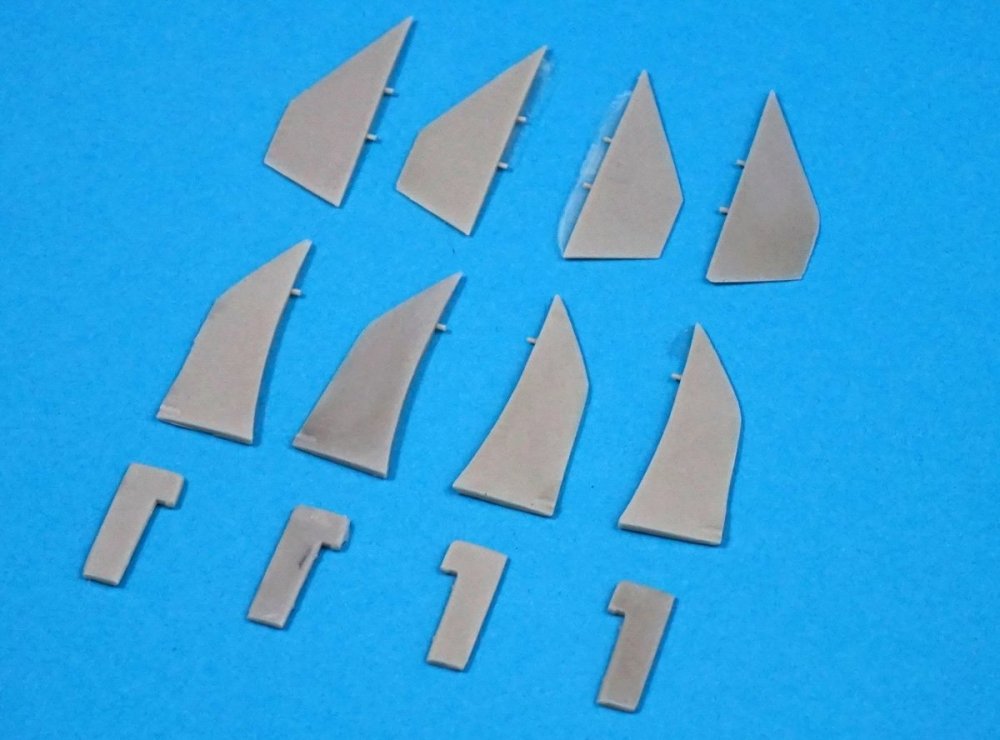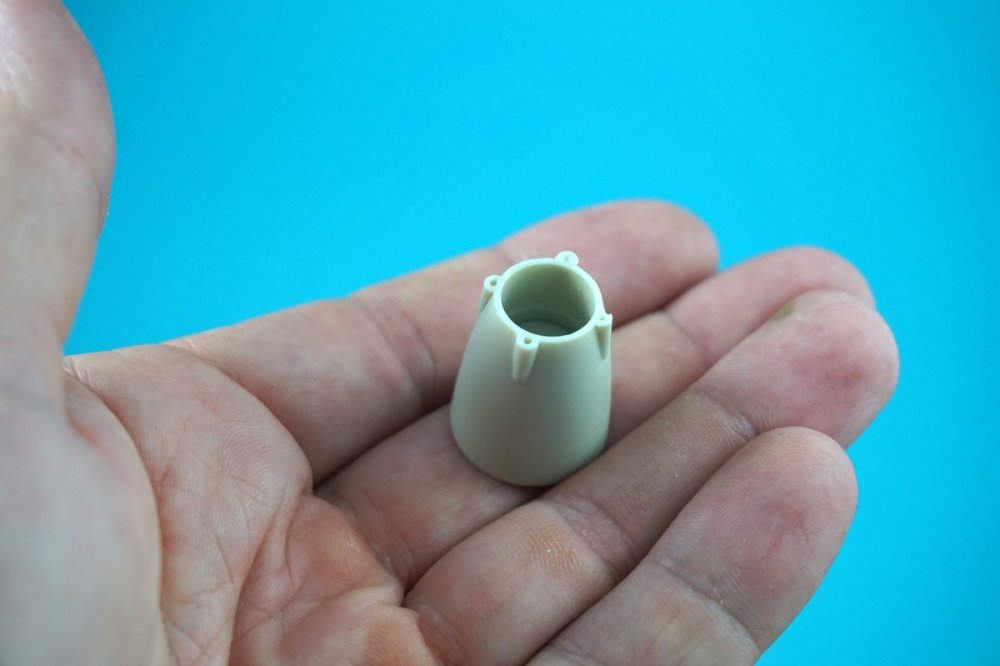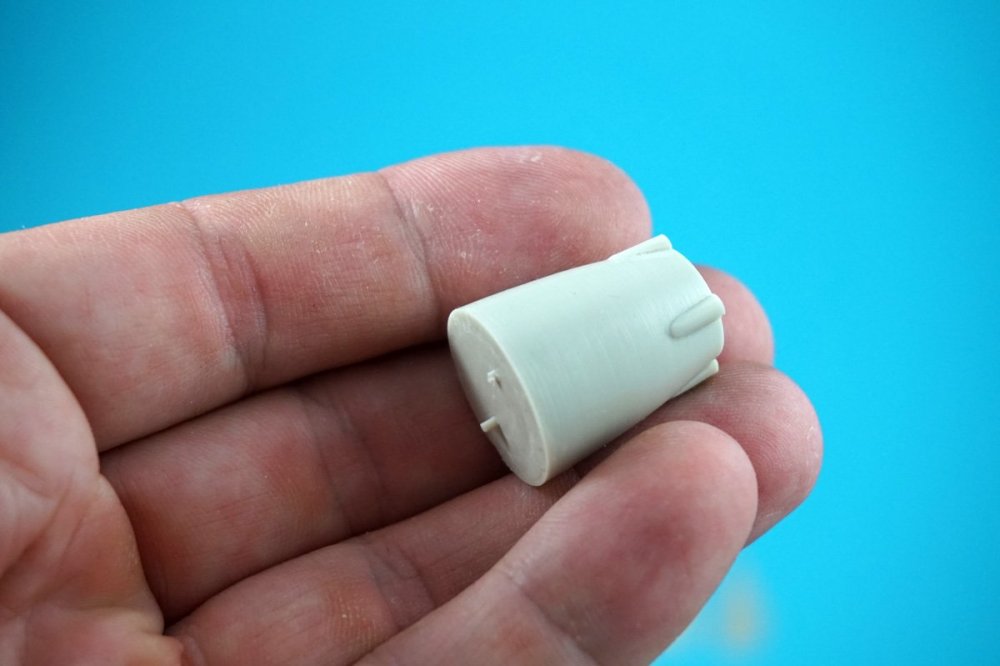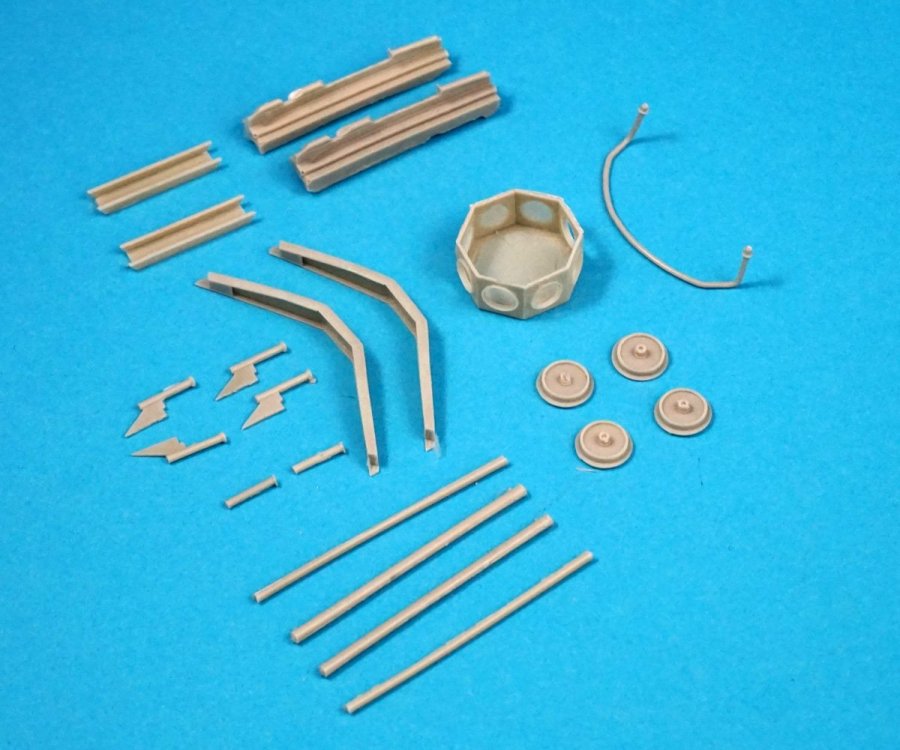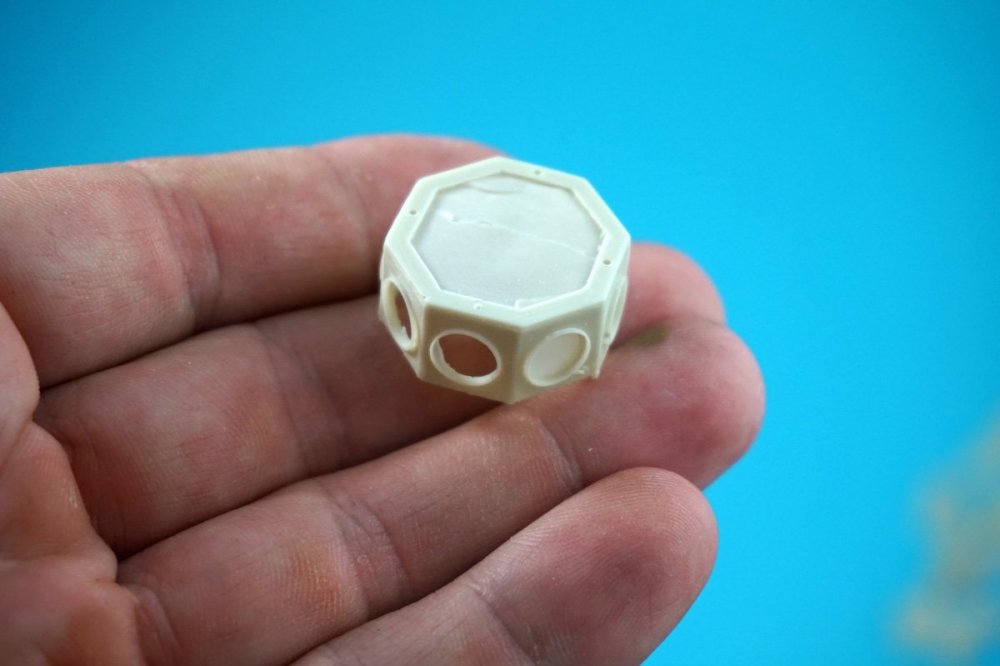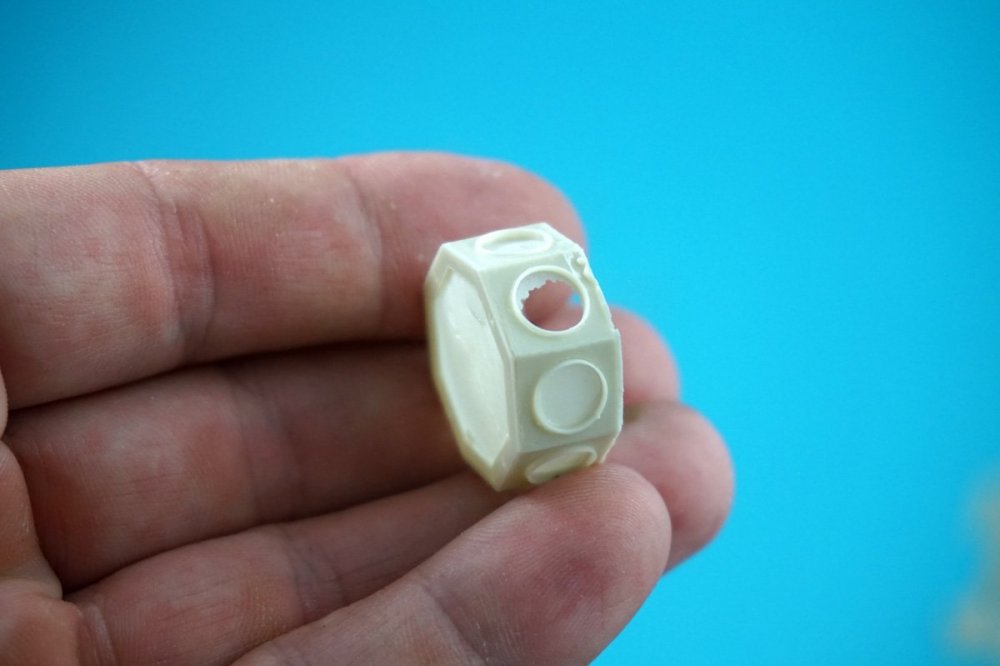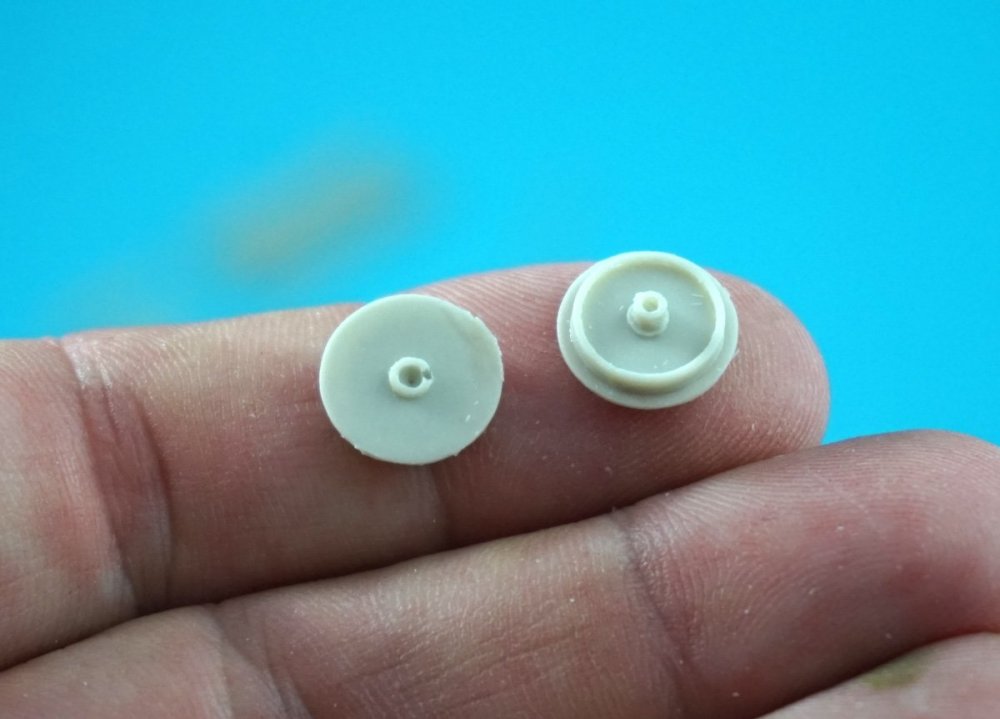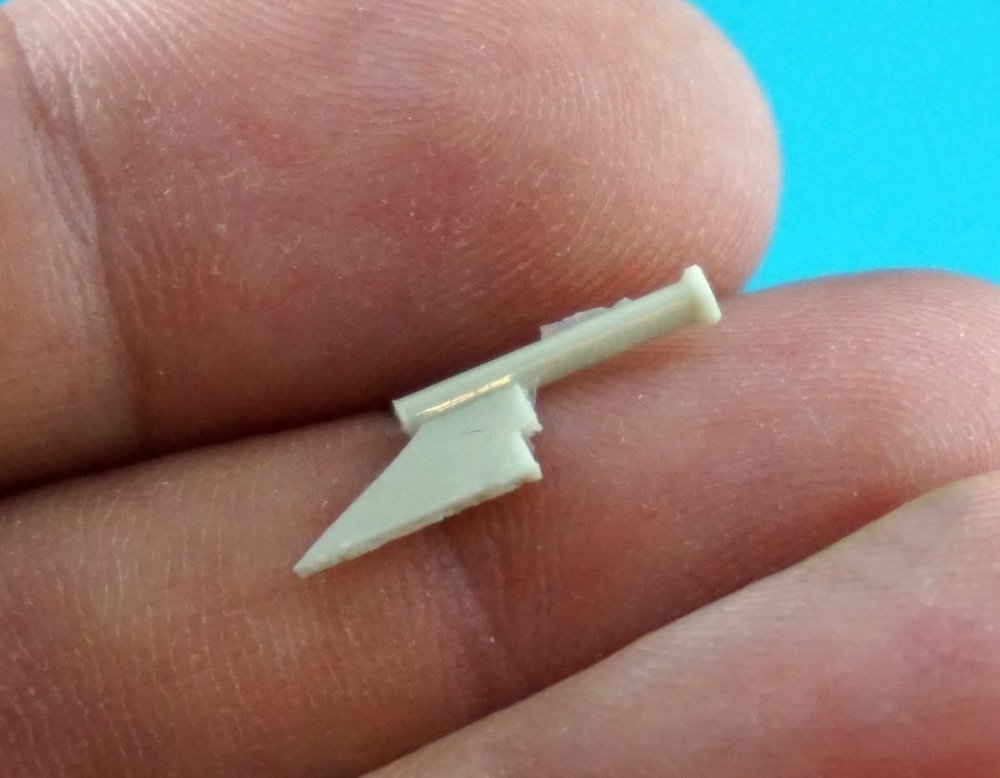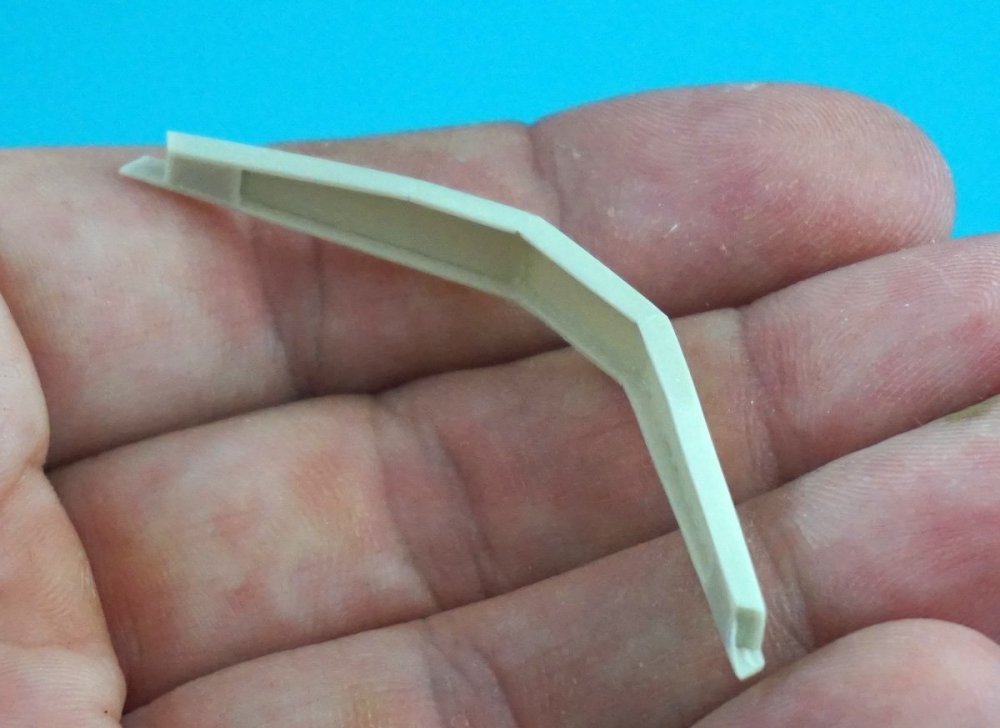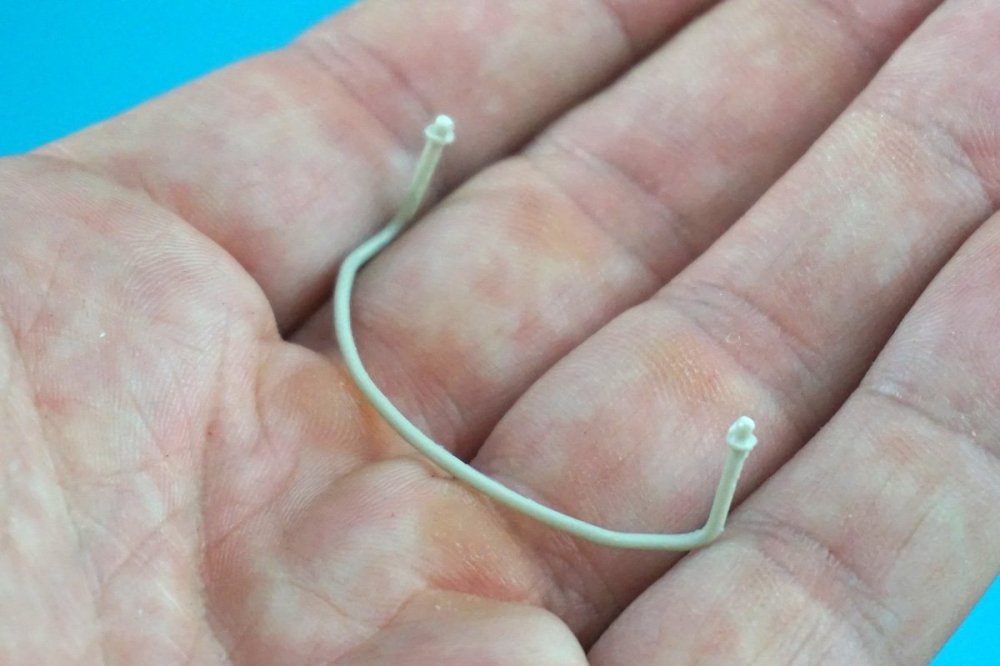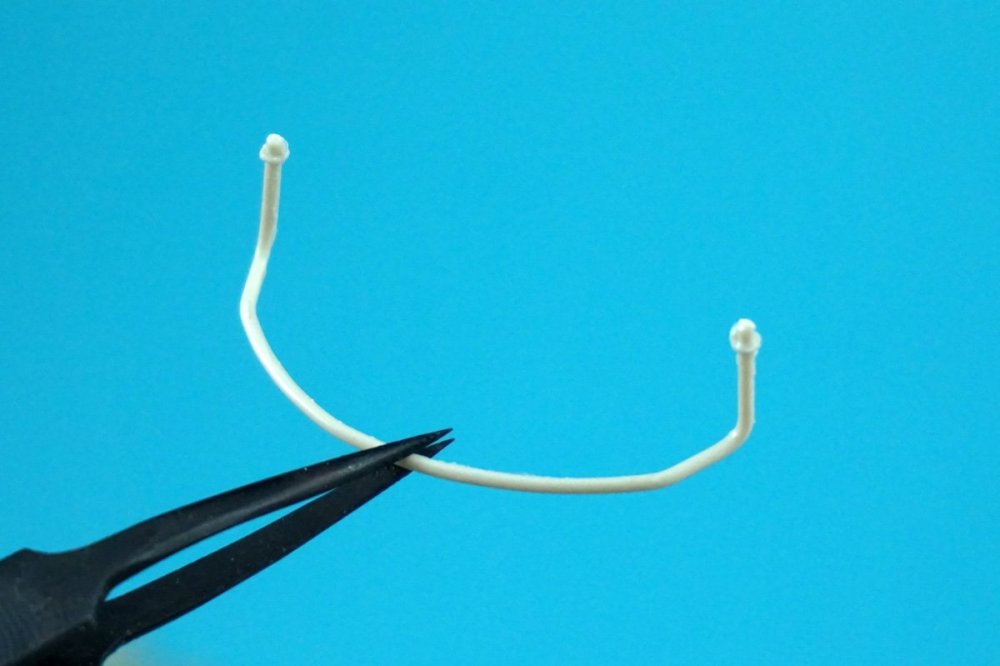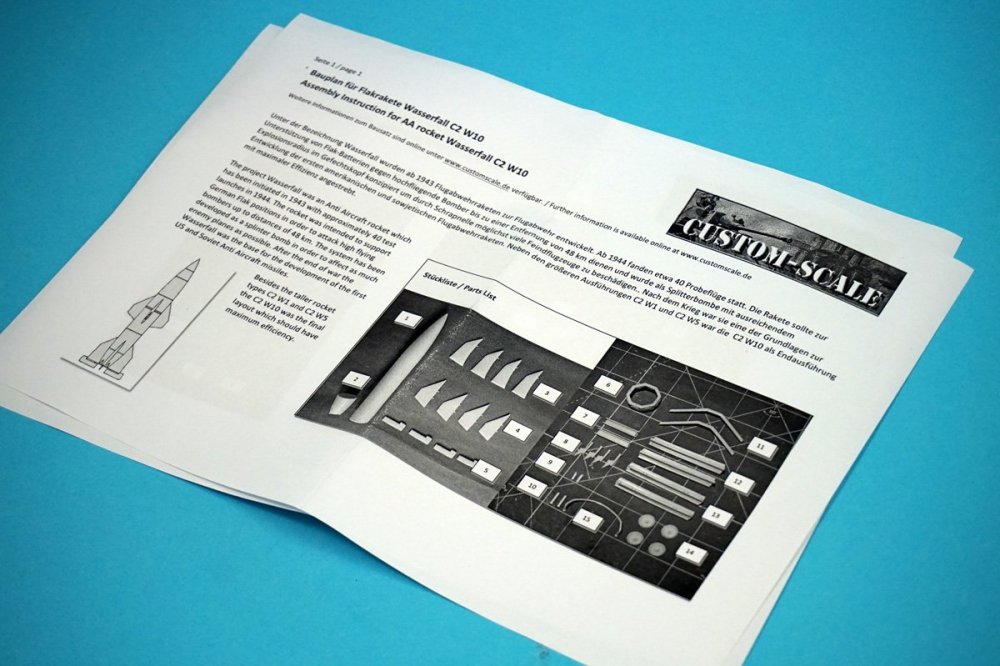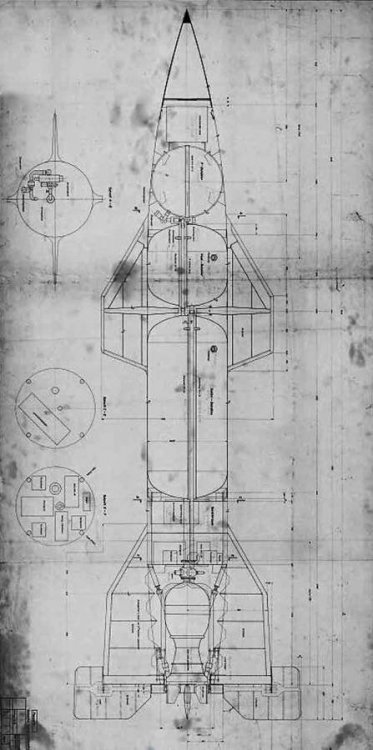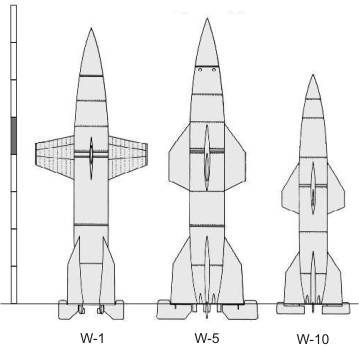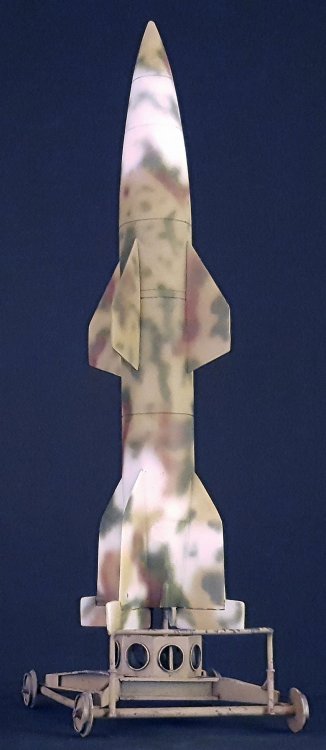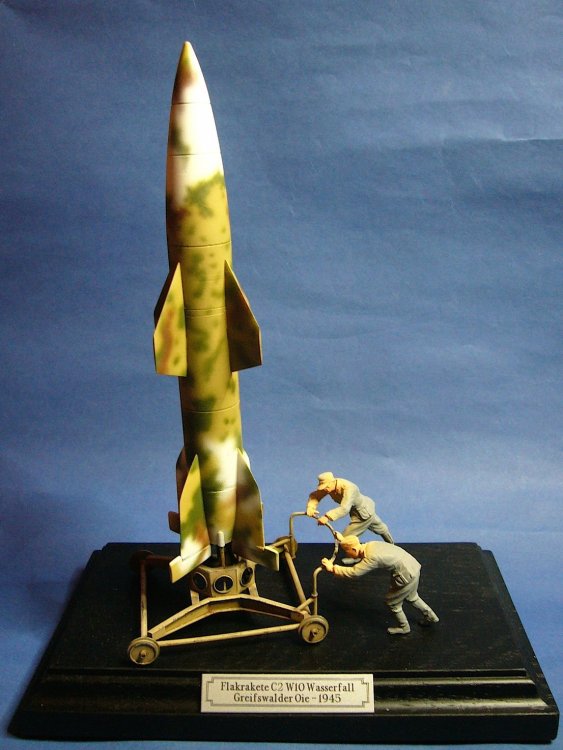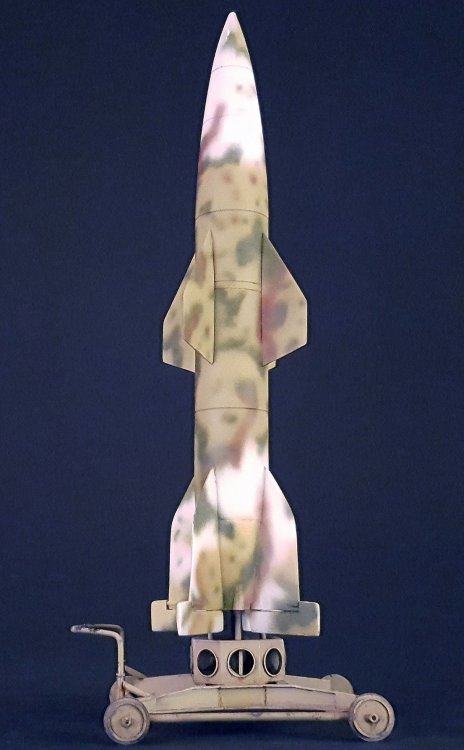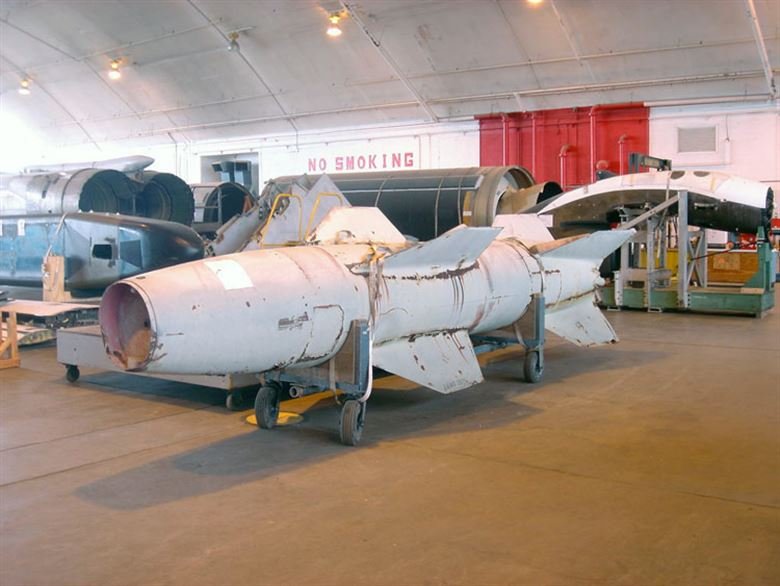-
Posts
4,778 -
Joined
-
Last visited
Content Type
Profiles
Forums
Events
Gallery
Everything posted by JeroenPeters
-
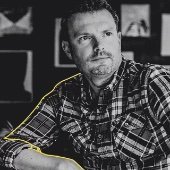
1/48 Wellington Mk.X (He727 NA-K)
JeroenPeters replied to JeroenPeters's topic in LSM 1/35 and Larger Work In Progress
Thnx guys, Trying to piece together the codes, colours and schemes for this plane, since no photo's of it are known. At least not to me. The closest I can get is a photo of a Wimpy from the same Ghost squadron which is famous for getting it's tail blown half off. Matchbox did a kit on this. They seem to have gotten the left profile wrong (judging from the photo that I have of this plane, the NA-Y). Thing I do dare to go by is the right profile, which is also featured on the box art and the ghost squadron badge on the nose. I will order masks from Maketar. This is the colorised photo: This is the WRONG Matchbox interpretation: And this is the box art: And here's an article I found:- 304 replies
-
- 5
-

-
- wilnis crash
- trumpeter
-
(and 1 more)
Tagged with:
-

1/48 Wellington Mk.X (He727 NA-K)
JeroenPeters replied to JeroenPeters's topic in LSM 1/35 and Larger Work In Progress
just some spit. That should do it! (Just the mating surfaces indeed.)- 304 replies
-
- 2
-

-
- wilnis crash
- trumpeter
-
(and 1 more)
Tagged with:
-
I started work oh the HK models banner for the stall today. Should be epic.
-

1/48 Wellington Mk.X (He727 NA-K)
JeroenPeters replied to JeroenPeters's topic in LSM 1/35 and Larger Work In Progress
Getting there! Snipped of sone parts of the connecting blocks so i can position the wings in the right angle. Some more photo etch to go on the rudder and wings. Then aaaalmost time for paint. Only need to order masks to make the NAK. And spray the roundels ofcourse. No decals will be used.- 304 replies
-
- 5
-

-
- wilnis crash
- trumpeter
-
(and 1 more)
Tagged with:
-

Wingnut Wings Felixstowe
JeroenPeters replied to Clunkmeister's topic in LSM 1/32 and Larger Aircraft Ready for Inspection
That's pretty impressive! -
Really cool! That was pretty easy right?
-

Newbie here, saying hello to old friends ...
JeroenPeters replied to HubertB's topic in General Discussion
Hi Hubert! Ofcourse I remember you from LSP. You'll find that posting pics here is a breeze as you don't need something like Photobucket and can directly post your pics to the forum. Enjoy your stay and Welcome to LSM!! -
Hi guys, last night i had several conversations with Ernie, Harv and Kevin behind the scenes. I am not about to lock this topic down. That’s a measure we’ve almost never had to resort to on LSM. I saw this topic and reactions coming a mile away and am happy to see squirrels so soon down the page. if there are any issues: please pm me. I’m in contact with almost all of you i believe. Have a great day!
-
Ok. Everyone got to vent. Let's leave it at this. Now go sniff some glue and be jolly
-
Ok guys. Let's agree to disagree and move on. I'm not going to lock any topics. Let's just keep the area under my post empty. That would be peachy!
-
I’m there!
-

kagero Kagero Rogozarski IK-3 Monographs 3D edition
JeroenPeters posted a topic in Tools, Books & Misc.
Monographs Special Edition in 3D (96011) Rogozarski IK-3 Publisher: Kagero Written by: Nenad Miklušev, Djordje Nikolić Available here from Kagero for € 31,95 What we have here is a hardcover book covering the history, design and engineering of the Yugoslavian Ik-3 fighter. To be real honest before reading this book, the only thing I knew about this plane was it’s name and that it somewhat resembled a Hurricane. That’s it. This book is dedicated to the 80 years anniversary of this obscure but not forgotten fighter. Bear with me. When reading on the first page of this book it becomes apparent that the Ik-3 was born out of the necessity to update the hopeless outdated Yugoslavian Airforce in the 1930’s. The result was a state of the art fighter that was easier to handle than the Hurricane or even Bf109. This made me curious for more. Scale models of the Ik-3 Before I continue it may be wise to sum up what models are available of this plane. It being a less known fighter hasn’t stopped companies of producing models of this plane. It has been done in almost all scales. Even 1/32! Here they are: 1/32: Aeropoxy This is a rather crude resin kit that requires a lot of skill and experience in this medium. 1/48: Aeropoxy (resin kit) Classic Resin Airframes (resin kit) 1/72: Aeropoxy (resin kit) AZ Model (plastic kit) Azur Frrom (plastic kit) Czech master resin (resin kit) (Thnx to Scalemates for the above info!) To be real honest the above list doesn’t really do justice to this incredible book with such detailed 3D renderings, but I’m sure we’ll see a proper resin kit (or even plastic) in the near future. Especially with Silver Wings branching out past the interbellum era with the new Yak9 kit. History 47 pages span the development of this plane. Starting halfway the 1930’s covering the IK-3’s predecessors (like the IK-1 and IK-2) and followed by the first test flight of the IK-3 Br.1. The IK-3 is supposedly named after the the three designers: Ilic, Sivcev and Zrnic. The truth is much simpler: The 3 stands for the 3rdtype designed by Ilic and Sivcev. The construction of the prototype is described extensively and accompanied by a lot of photo’s. Not soon after the IK-3 was pressed into service and entered the war. The amount of research, photographs and details are impressive. A little less is known on the colours of the plane. There is a chapter devoted to camouflage and markings. Paint codes are reconstructed using a section of a crashed plane and a 1:20 era model with original paint. Technical information This is where the modeller really gets his kicks. Detailed photo’s of different sections of the plane in great detail. This chapter gives you an idea of the materials used and aids in defining how to paint / weather your model. The above chapters make up about 30% of the book and are followed by a whole set of scale drawings. One big foldable drawing showing profiles and cross sections in 32ndscale of different IK-3 types. Including one powered by a DB601 engine with a nose quite similar to a Bf109. The book itself contains 48thscale drawings of about 12 types. The same drawings are presented in 72ndscale. Page 103 marks the start of amazing computer rendered images. Starting with a rendering of the IK-3 without paint. Showing what parts are aluminium and fabric. The wings were covered in Bakelite combined with birch plywood and the ailerons were covered in fabric, infused with Bakelite. Kagero is known for their excellent 3D models showing every nutt, rivet and bolt. This book is no other. Feast your eyes on these half open rendered images. Over the pages the plane is broken down in smaller section, giving you an idea of engineering and construction. Really impressed with the detail and man, what a shame a proper plastic model isn’t available of this plane in 32ndscale. About 80 pages filled with large colour renderings are presented. Including a whole set of colour profiles. Verdict Another quality title of a plane that screams for a proper model. Kagero really treats both the modeller and aviation enthusiast to all the information he will need. The 3D work and research that went into this book is amazing. I just love the Monographs Special 3D editions. It has to be said that Kagero takes a gamble on investing so much time and effort into a plane that is so little known. I hope this title will sell well and cause Kagero to cover more obscure planes.. like the Fokker DXXI maybe? A big thank you to Kagero for supplying this review sample. Jeroen Peters -

Got a package from Russia today...
JeroenPeters replied to Clunkmeister's topic in Modelling Discussion
superb stuff. We've reviewed a few of his sets here on LSM. -

T-150K (Soviet Tractor) - 1:35 of RTModels
JeroenPeters replied to elmarriachi's topic in Non LSM 'WIP
That's special! Never seen one of those. Lovely little dio. -
Welcome Harv! I remember you from LSP. Feel right at home!
-
Thnx! The B24 kit is inbound. Haven't seen any plastic yet though..
-

icm 1/48 Junkers Ju 88A-4 WWII Axis Bomber
JeroenPeters replied to James H's topic in Non-LSM Reviews
Lovely kit.. -

HK B-25J -double the fun
JeroenPeters replied to BlrwestSiR's topic in LSM 1/35 and Larger Work In Progress
Wow... Really liking the upgrades and painting of the interior. Superb. -

1/48 Wellington Mk.X (He727 NA-K)
JeroenPeters replied to JeroenPeters's topic in LSM 1/35 and Larger Work In Progress
The thing is that there is only one wat to glue the blocks. Right now i have two options: - remove the blocks and try not to damage the surrounding area. - remove parts of the blocks so i can angle the wings in the right stance.- 304 replies
-
- 1
-

-
- wilnis crash
- trumpeter
-
(and 1 more)
Tagged with:
-

1/48 Wellington Mk.X (He727 NA-K)
JeroenPeters replied to JeroenPeters's topic in LSM 1/35 and Larger Work In Progress
Ok shit. The mounting blocks for the wings can only go on one way. Only problem: they make the wings miss allign and sit too straight. Am i the only one with this problem? surgery ahead...- 304 replies
-
- 2
-

-
- wilnis crash
- trumpeter
-
(and 1 more)
Tagged with:
-

1/48 Wellington Mk.X (He727 NA-K)
JeroenPeters replied to JeroenPeters's topic in LSM 1/35 and Larger Work In Progress
Visited the airwar museum in Heemskerk today again. This time for a small modelling venue with Cees Broere. There are two museums with artefacts from the Wilnis crash. Aalsmeerderbrug and Heemskerk. Here you see part of a mainwheeldoor, ammo, gun mount, cilinder, etc.- 304 replies
-
- 5
-

-
- wilnis crash
- trumpeter
-
(and 1 more)
Tagged with:
-
1:35 Deutsche Flugabwehr Rakete Wasserfall C2 W10 Mit Startrampe Customscale Catalogue # 35074 Available from Customscale for €54,95 To buy, click here. Introduction Customscale is making a name for itself by producing very well researched German late war efforts in 35thscale. Practically all releases are in resin medium, but recently their first plastic injection moulded kit was announced, in co-operation with Das Werk (Uschi). I really hope this becomes a fruitful partnership. The subjects Customscale is most known for (and sometimes even copied) are the German late war efforts in rocket design. Think of the Schmetterling, Rheintochter, Feuerlilie and now the Wasserfall. You can’t have missed the unpainted model built by Uschi (Alexander Glass) of the Rheintochter rocket, with woodgrain decals and bare metal finish. The Wasserfall This rocket was specially designed to bring down high altitude bombers. Typically the B-17’s. This was in the years Germany called the Kolbenmotorkrise. In other words: the time where normal piston engines were not adequate enough to intercept the high altitude bombers. This called for a rocket program. Most known are ofcourse the Me163 Komet and Natter, but at the same time developments progressed on the unmanned guided rocket front. Design of the guided Wasserfall rocket started in 1941 and it’s sepcifications were established on November 2nd1942. The first test launches were only made in march 1943, followed by the first successful launch in march 1944. By the time Peenemunde was evacuated in February 1945, a total of 35 test launches were made. Head of design and engineering was Dr. Walther Thiel. No wonder development suffered a set back when he was killed during operation Hydra in august 1943. Technical drawing of the Wasserfall, showing the fuel tanks, warhead and rocket engine: Three major versions of the Wasserfall are known: The W1, W5 and the W10 (this version). Given the fact that this rocket only needed a small warhead to be able to bring down a bomber, the Wasserfall was significantly smaller than the most famous rocket: The V2. About a quarter the size of a V2. The W1 being the first test bed and the biggest. The W10 being smaller and with a sleeker upper canard wings. The ailerons at the bottom of the rocket were used to control the rocket during take off. The upper ailerons / wings were used to steer the rocket to it’s target at high speed (mach 2). The first tests used a 100kg warhead. But given the fact that it was quite difficult to steer the rocket to it’s target at night, this was replaced by a much bigger 306kg liquid emulsion. The idea was to fly the rocket in the midst of a bomber swarm and set it off… An interesting scheme of the three types. Note the size difference: This rocket was indeed (as was the V2) the start of rocket science in the US. A captured and surviving example can be found at the NASM museum in Washington, US. Sadly in storage though and not on display. The survivor in storage at the NASM: Other versions of the Wasserfall are available from Customscale as well. The W1 (which is slightly larger and has larger upper fins) and the W5. The Kit The box is small but sturdy and filled with Styrofoam to protect the resin parts. These are quite small in number which is not surprising with an object as ‘simple’ of shape as this. We find no photo etch or decals. The resin parts are divided over two zip lock bags and the main body wrapped in bubble wrap. Let’s start with the rocket body. This part is heavy and solid resin. Close inspection shows delicate panel lines and a few really small air bubles. These are easily filled with some putty. The only futher cleanup of the body is needed on the bottom. A thin casting residue of about 1mm needs to be sawn (or sanded) off. I would recommend using a thin saw. The next part is the bottom part of the body with the rocket nozzle. This needs little to no cleanup. It’s interesting to see that it has two locating pins, whereas there are no locating holes on the main body. Beware that the angle of construction of this part should line up with the fins! Box contents: Rocket main body: The nozzle: The fins are made quite delicately and are almost translucent when holding them against the light. They all have locating pins. If I where you I would cut these off. Drill holes in the fins and use copper rod to connect them to the body. A tedious and precise job, but it will make the construction so much stronger! I see some small imperfections on the edges of some fins. Close inspection shows that these are no air bubbles or brittle resin, but extra residue stat can easily be sanded off. When painting the model, beware that the bottom fins/rudders were made of graphite to resist the heat of the nozzle. A useful tip for weathering purposes. The fins and rudders: All other parts in this kit are intended for the launching trolley (Startrampe). This ramp has a large push handle to be handled by at least two ground crew members, four small metal wheels a cradle to properly deflect the rocket flames. This was quite critical, because an uneven cradle would cause the rocket to take off in the wrong curve. The resin for these parts need to be carefull cleaned up. I would recommend lining the four wheels up by sliding them on a rod. Tightly compress them to eachother and polish the edges smooth and round. The cradle could also do with some TLC, but only needs thin resin film to have removed. When the cradle is fully assembled make 100% certain is level. The rocket will rest with four corresponding holes to four pins that are in the cradle. If the cradle is only a little uneven, the rocket will not stand in a perfect 90 degree angle and that will be a sight no modeller can stand. I am already of thinking of a way to solve this. When I start my build of this kit I will share my solution here for you J. It will contain wire and a suspended rocket… The parts for the Startrampe: This is one of the four pins that connect with the rocket nozzle: The pushing handle for ground crew: The instructions: If you’re looking for a scheme to paint the Wasserfall I can steer you to the Customscale website, since the instructions don’t give you any clues. Basically you can go for the black and white checkered variant used for testing. An all light grey or all RLM02 version. Or you can go for an operational version with three tone camo. Conclusion All in all this is a pretty cool resin kit of a subject that would look great alongside a V1, V2, me163, me262, etc… It’s amazing that so many late war scientific German milestones are available in 1/35 - 1/32 scale. The research is as always well done and the model is as accurate as it can be. No real imperfections were found on my castings and the model needs only minimal cleanup. The only thing I would recommend is re-enforcing the connection of the fins to the main body. But that’s up to you. My sincere thanks to MBK distribution andAlexander Glassfor this review sample. Jeroen Peters
-
Sad news. My Condolences.
-

WNW Junkers D1
JeroenPeters replied to Drdave's topic in LSM 1/32 and Larger Aircraft Ready for Inspection
That is lovely Dave! Thinking of starting mine soon.

